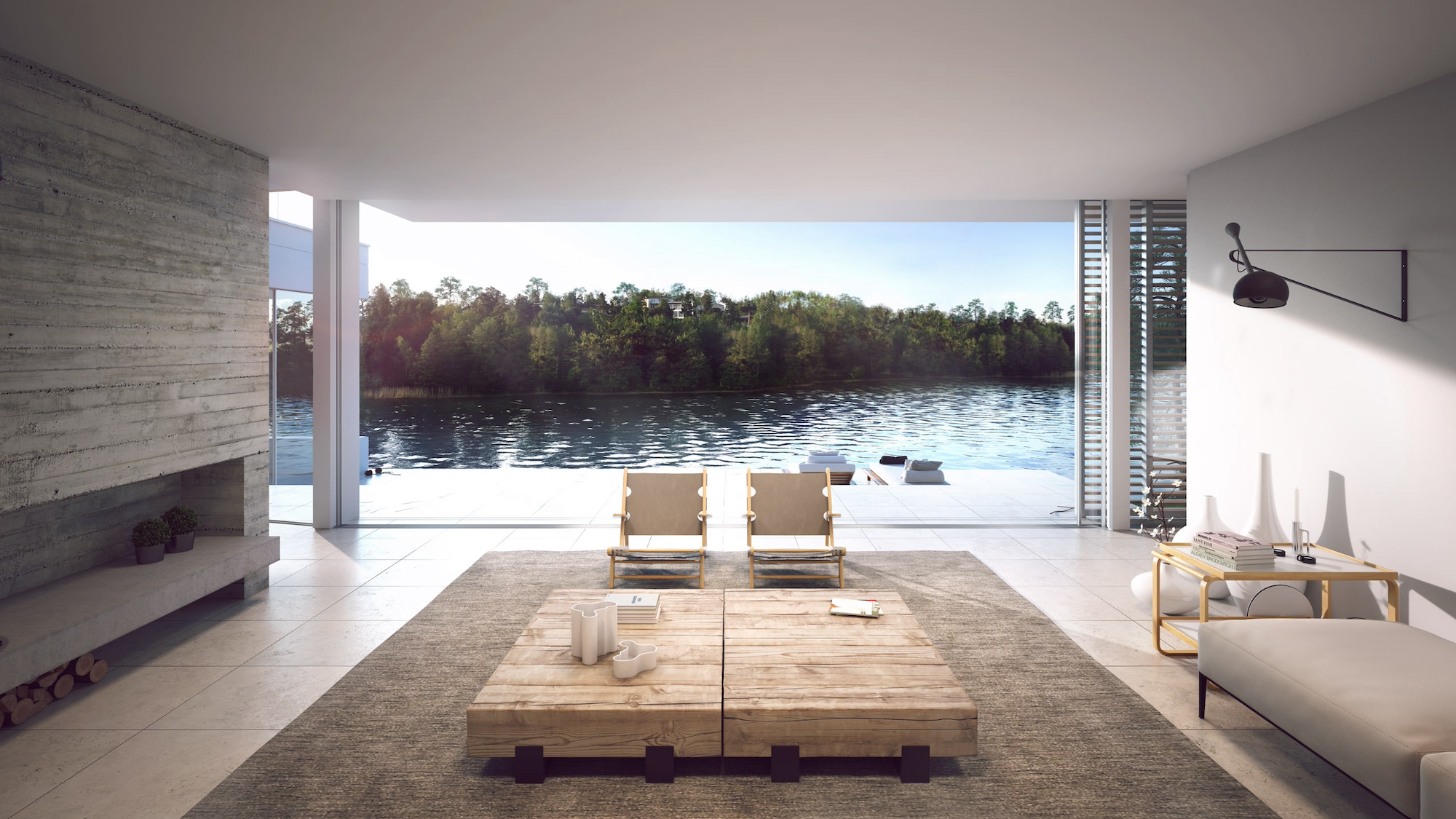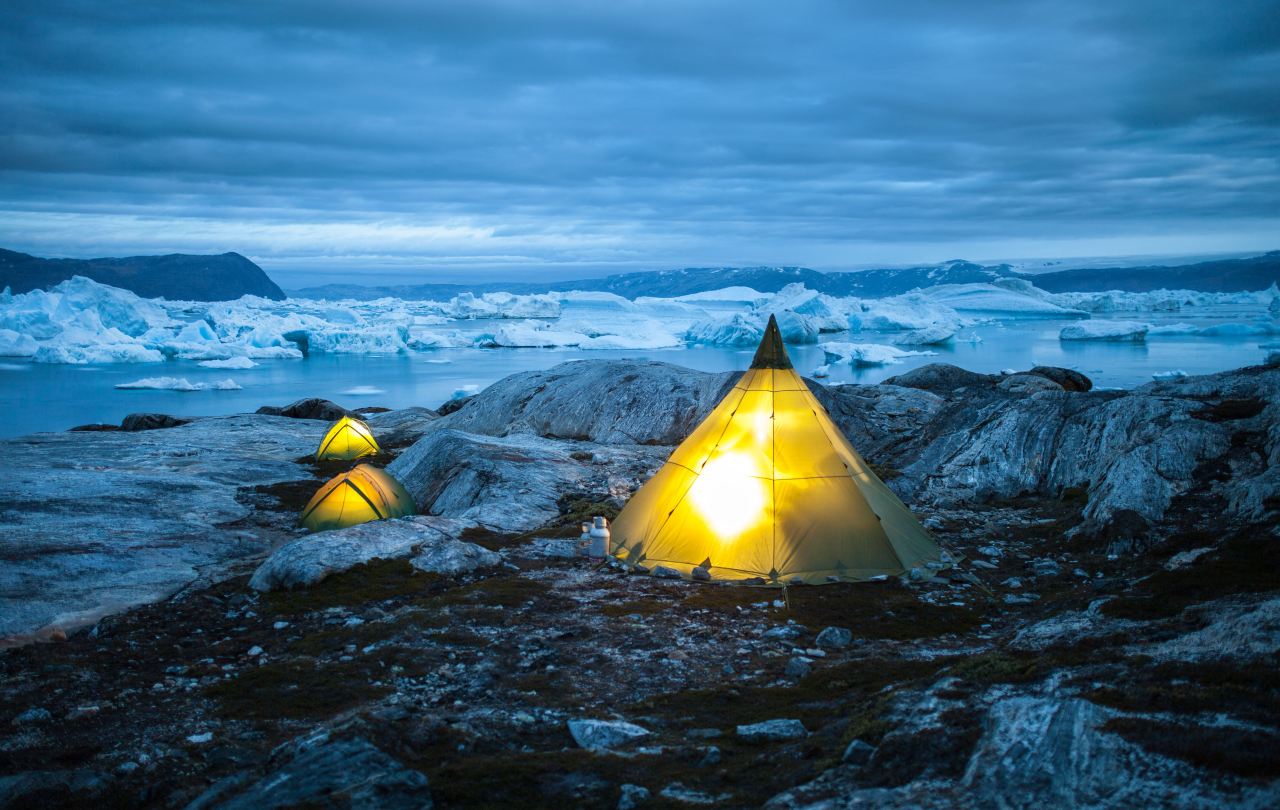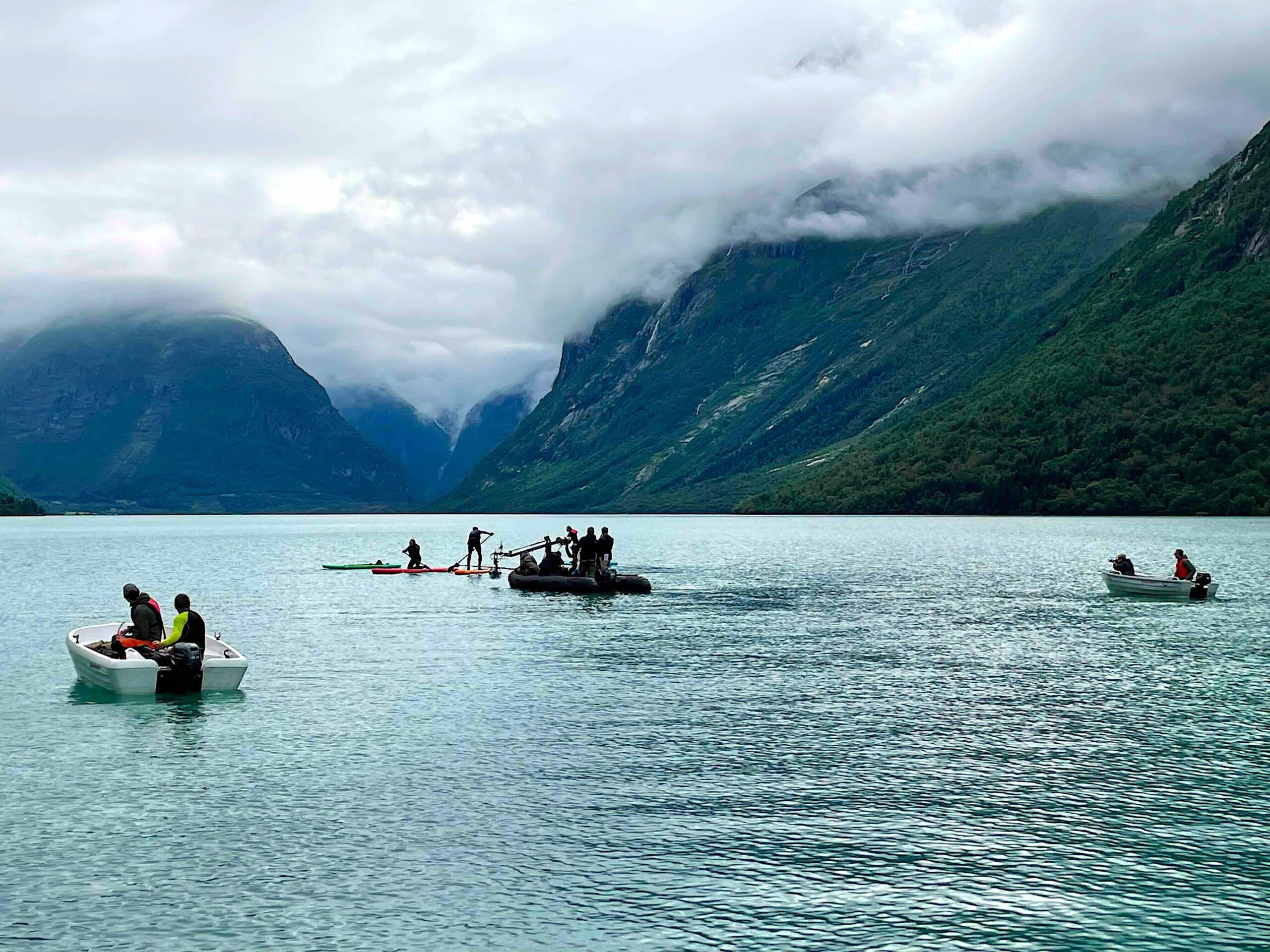
Production
Service
Norway
We offer bespoke and cost-efficient production services for film and photo shoots
Film making in Norway presents a wide range of opportunities, from breathtaking natural landscapes to modern urban settings in Oslo
Logistics are crucial when filming in Norway's vast landscapes. We provide customized and efficient production setups to meet your specific needs.
Featured Projects
P&O Cruises: Family and the Fjords
Production Company: SOMESUCH
Agency: SNAP LDN
Director : Max Weiland
“The Fjords was the perfect backdrop for our latest P&O Cruises story. The amazing scenery and activities would be enough in their own right, but as the scene for a family to come together and strengthen their relationships, well, it’s simply heart-warming” /Louisa Fielding, managing partner at SNAP LDN.
We serviced the amazing film crew from Somesuch, when they shot this campaign in the fjords and mountains in Loen, Western Norway.
Outventure x Merrell : Outventure x Merrell Photoshoot
Photographer: Forrest Wooward
Creative Director: Maria Borzilova
Production Company: Film Service












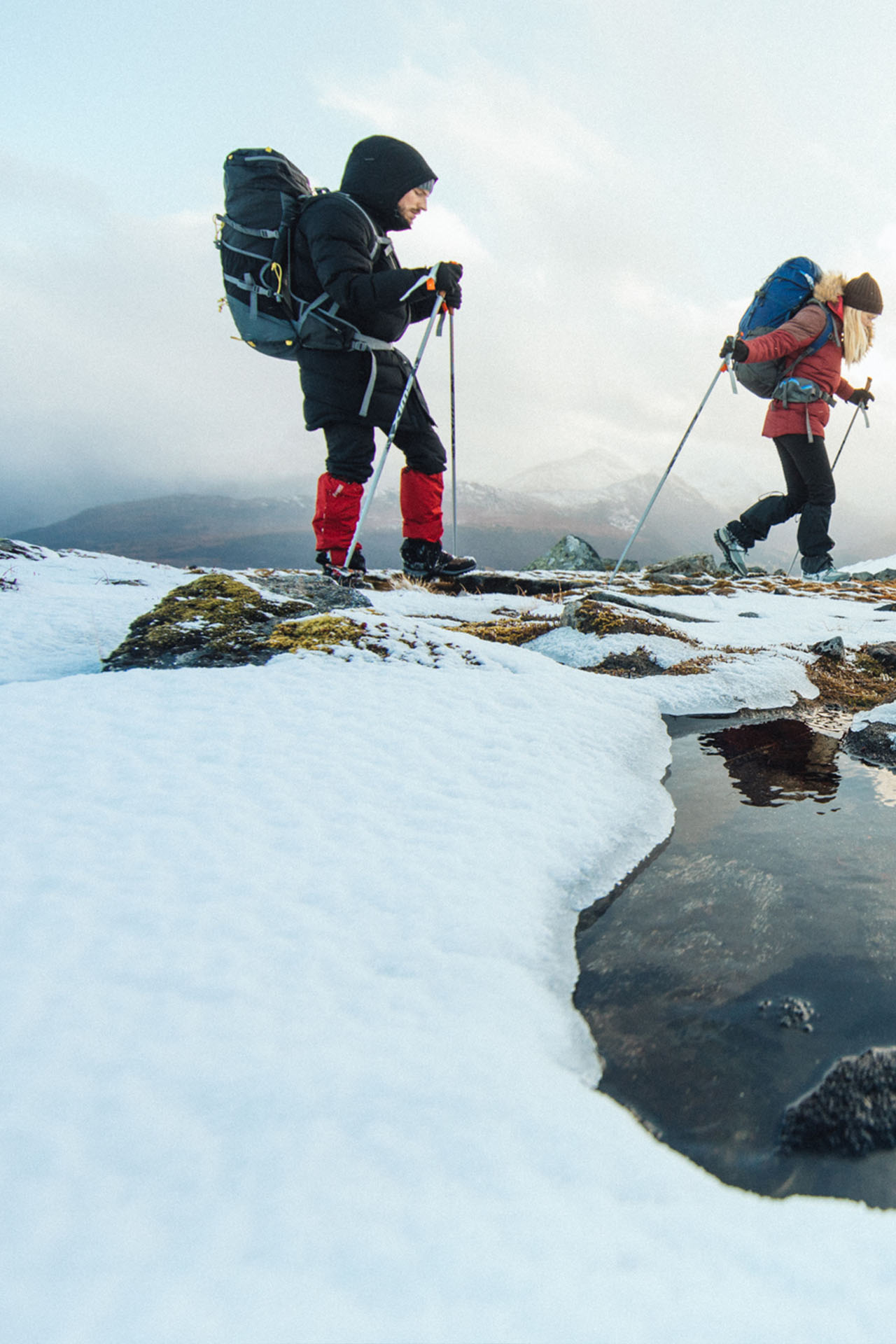

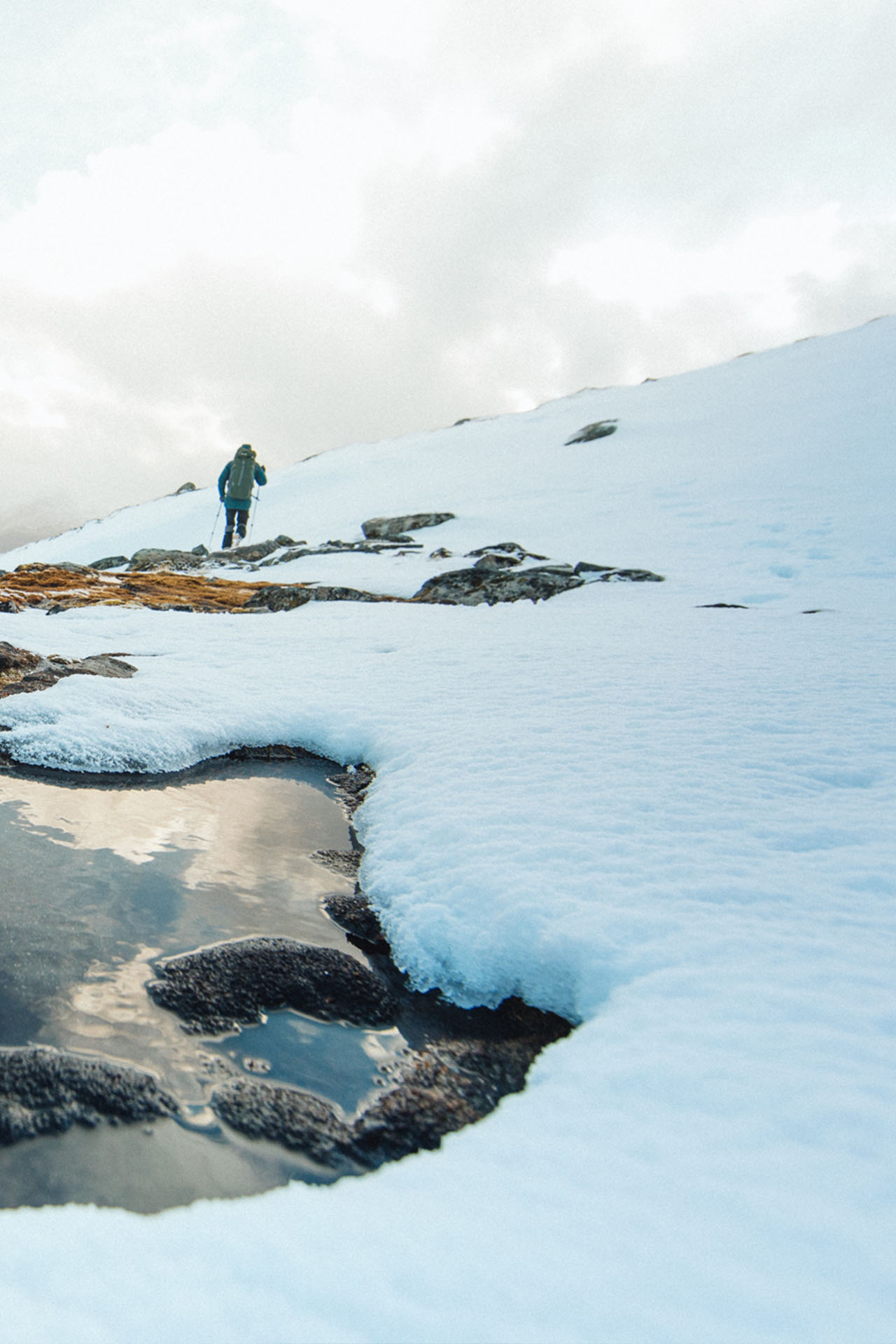

























load more
Norway has perfect locations for outdoor brands seeking unique, inspiring, and enticing settings that immediately spark a desire for viewers to venture into nature. Snow, dramatic mountain formations, and waterfalls are all within a few kilometers.
We did this photoshoot in western Norway, close to the city Aalesund.
Dramatic landscapes everywhere you look
The stunning fjords, spectacular snowy mountains, dense forests and dramatic coastlines have attracted film productions like James Bond and Mission Impossible. The diverse scenery provide unique backdrops for epic filming or photo shoots.
All
Urban
Nature
Architecture
Interior
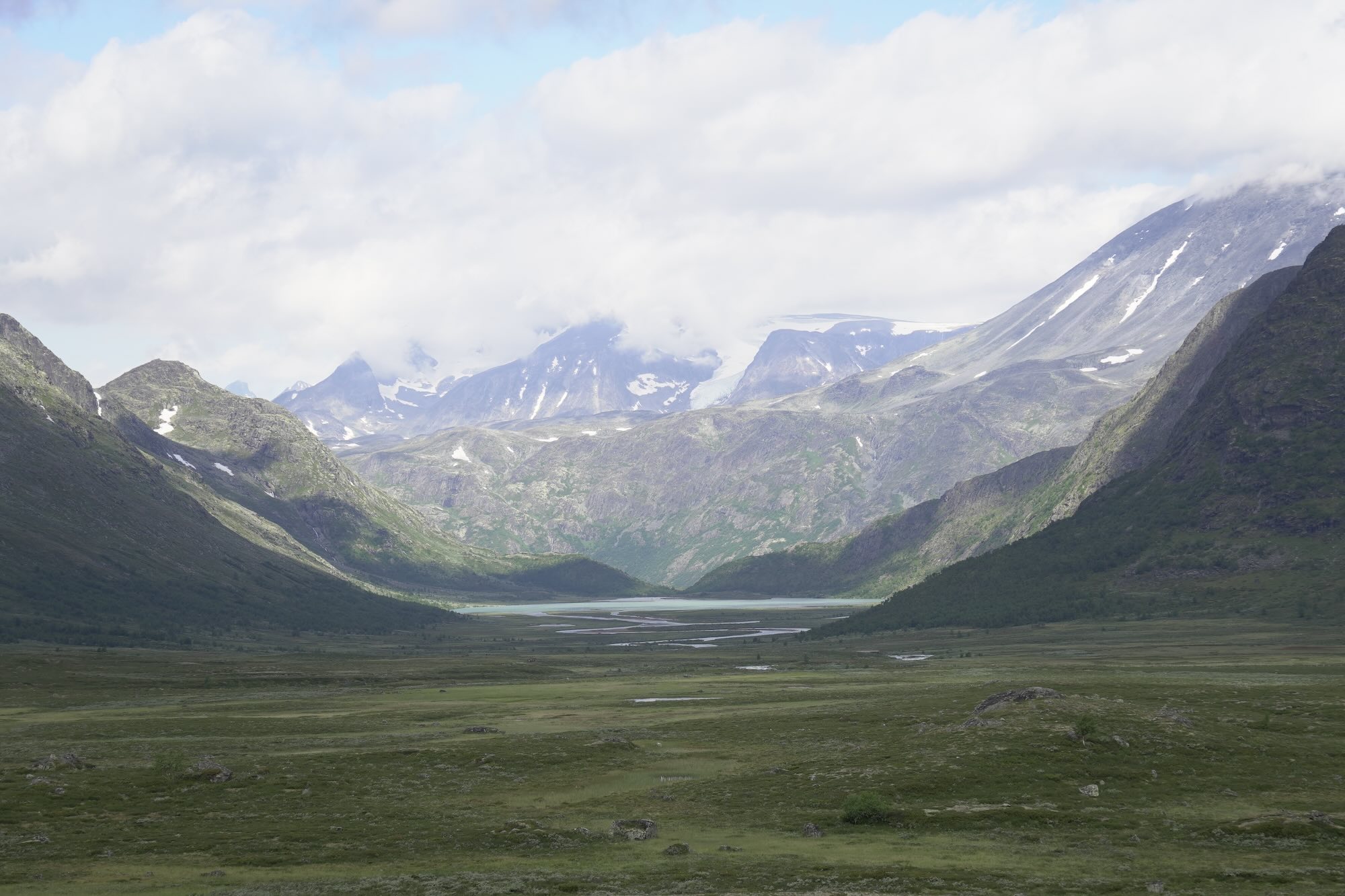

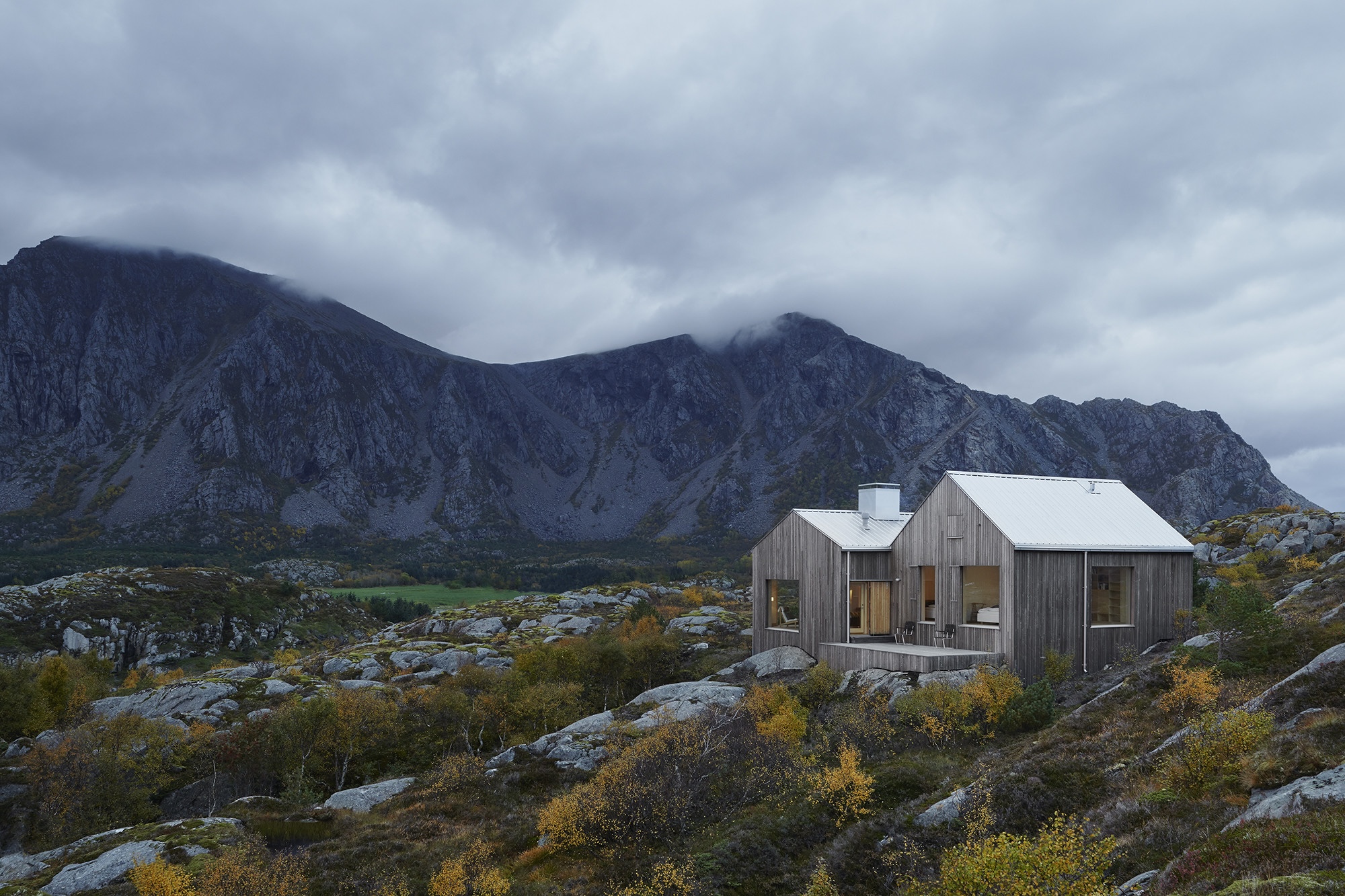

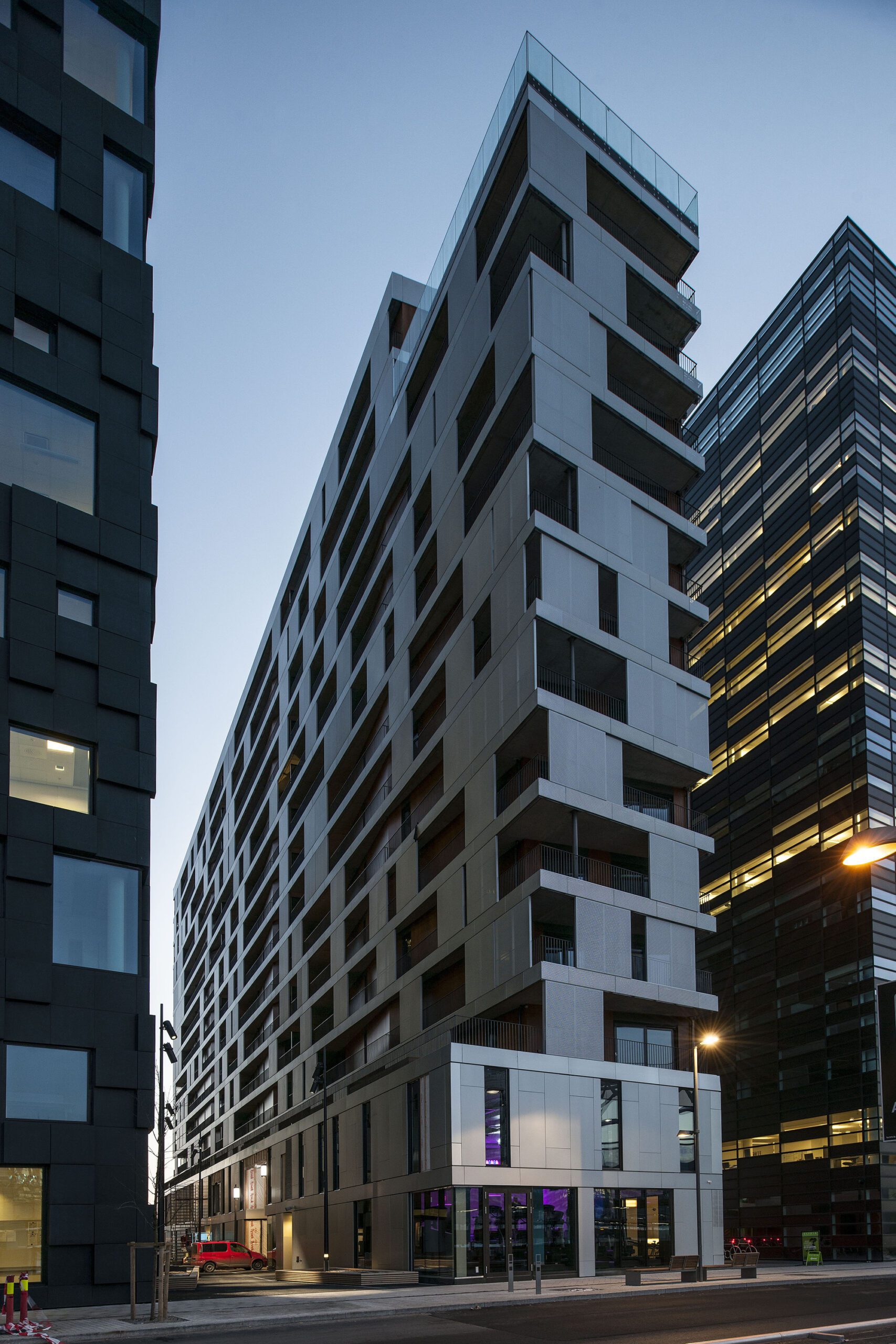

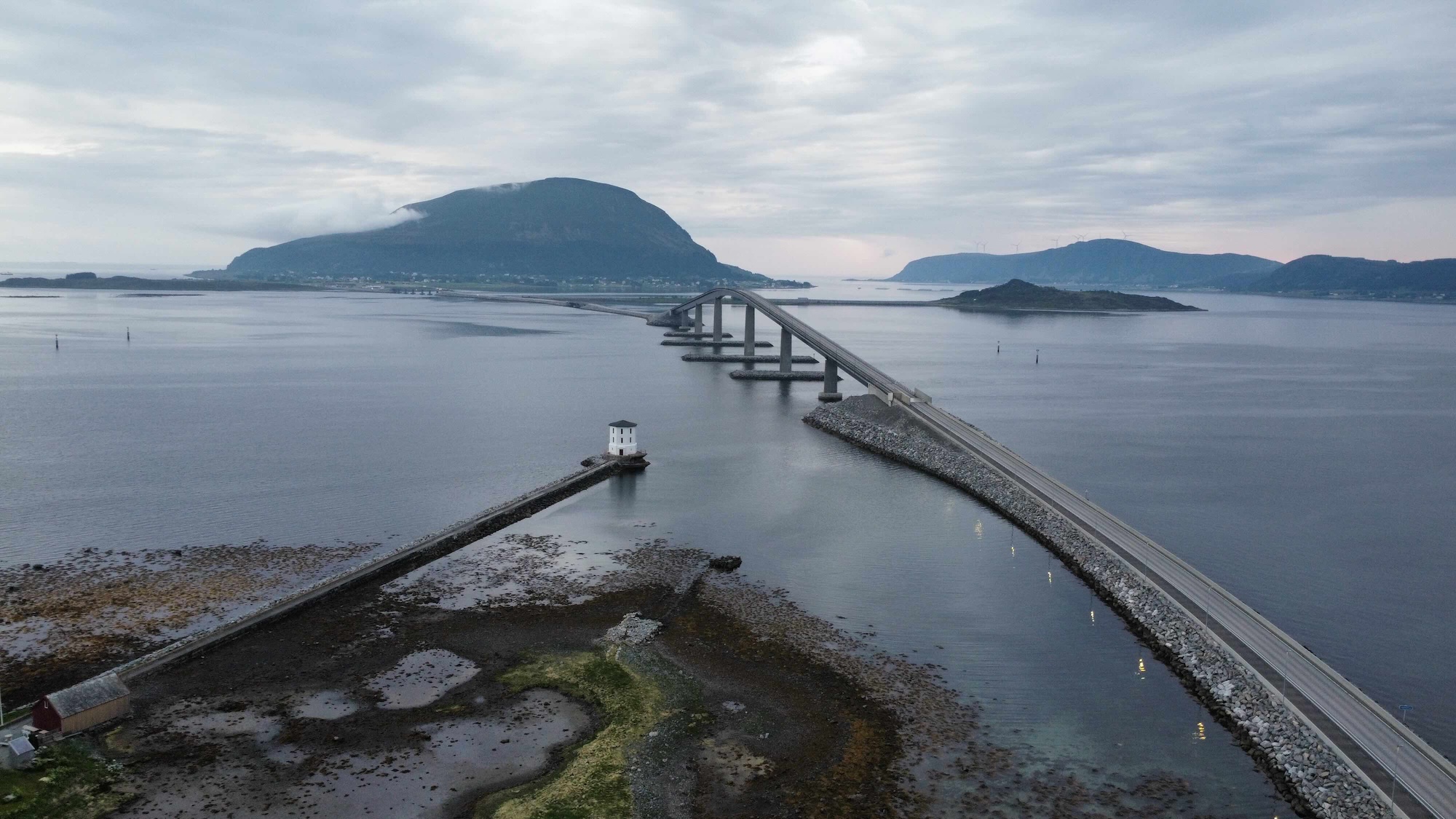

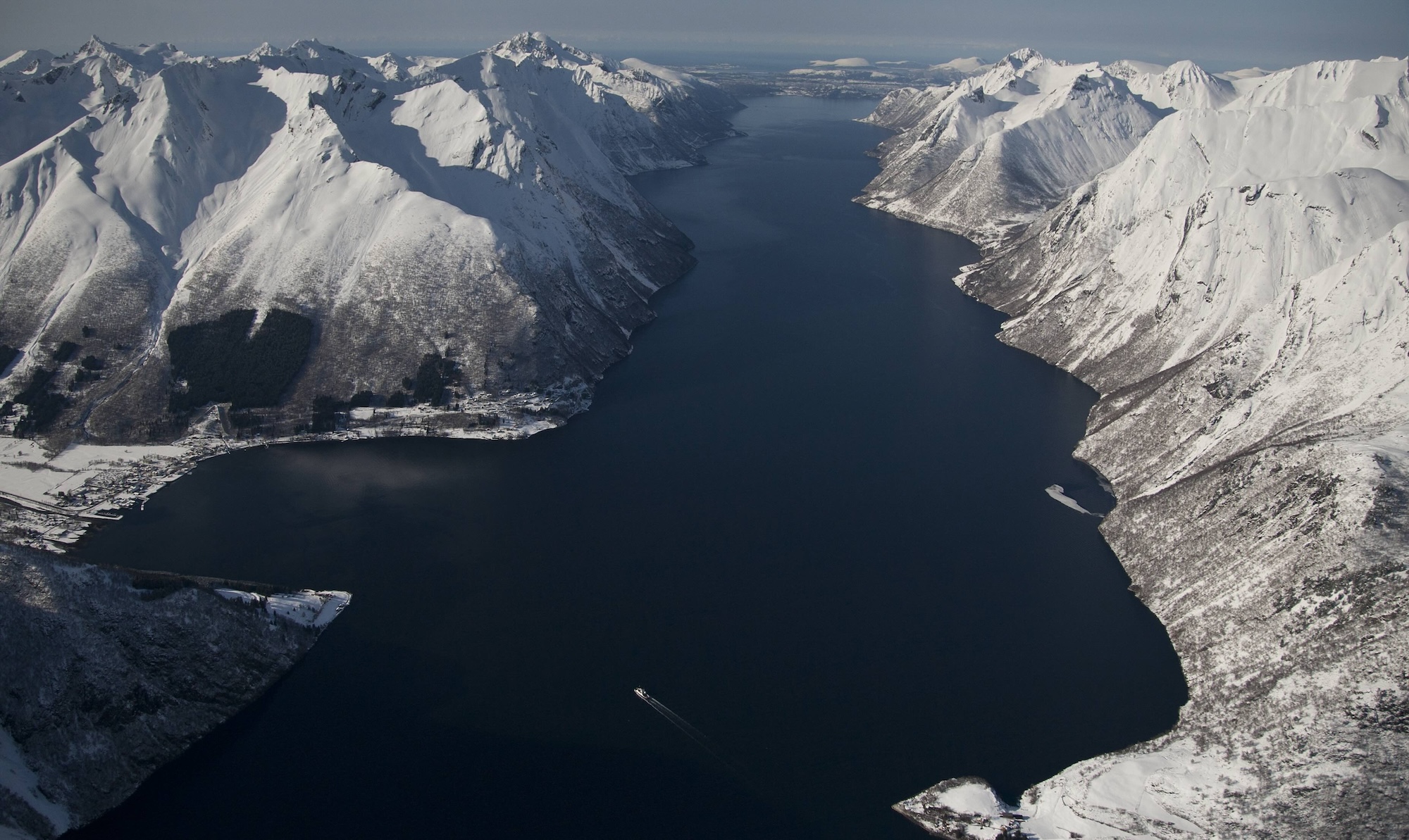

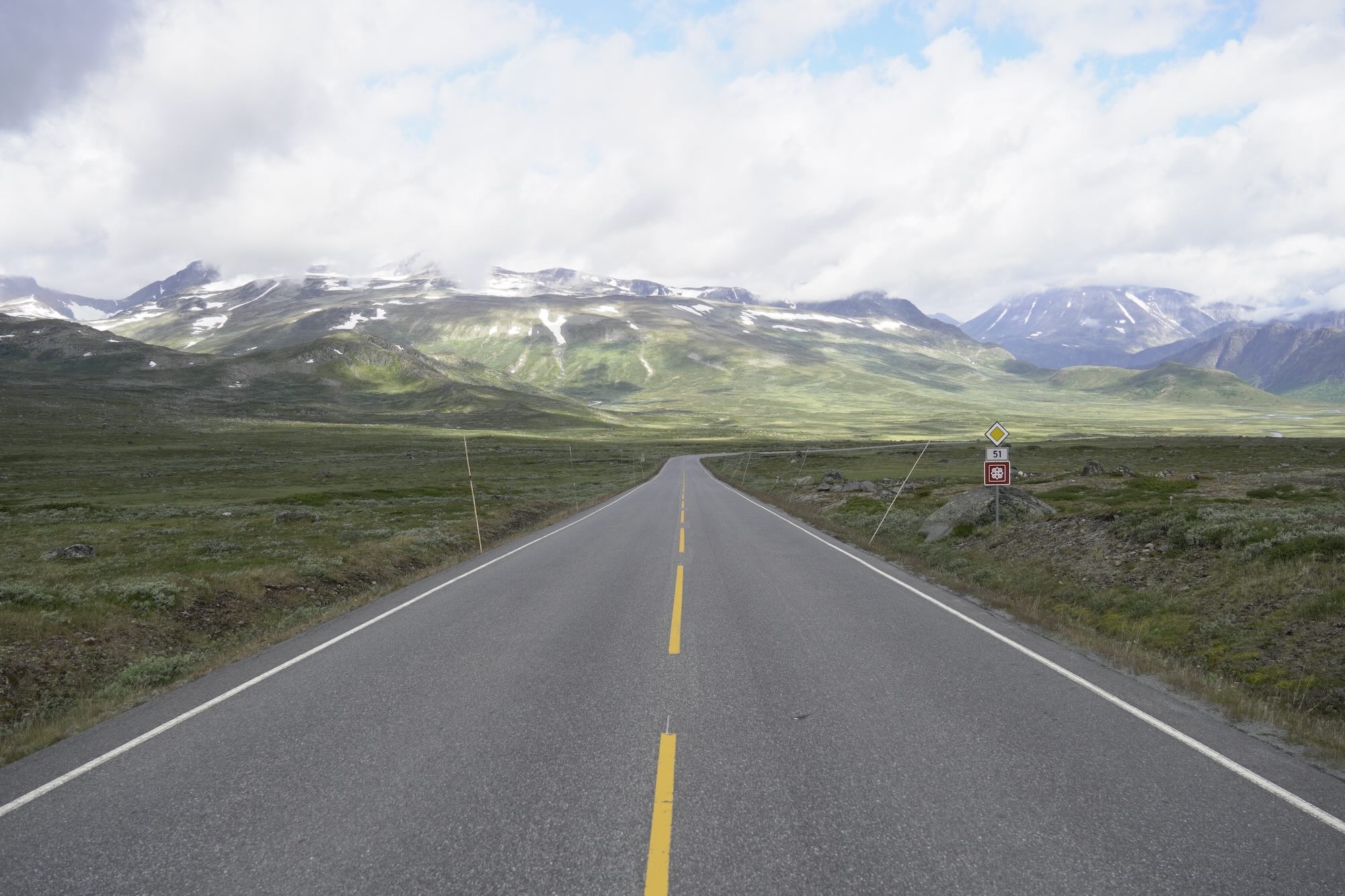

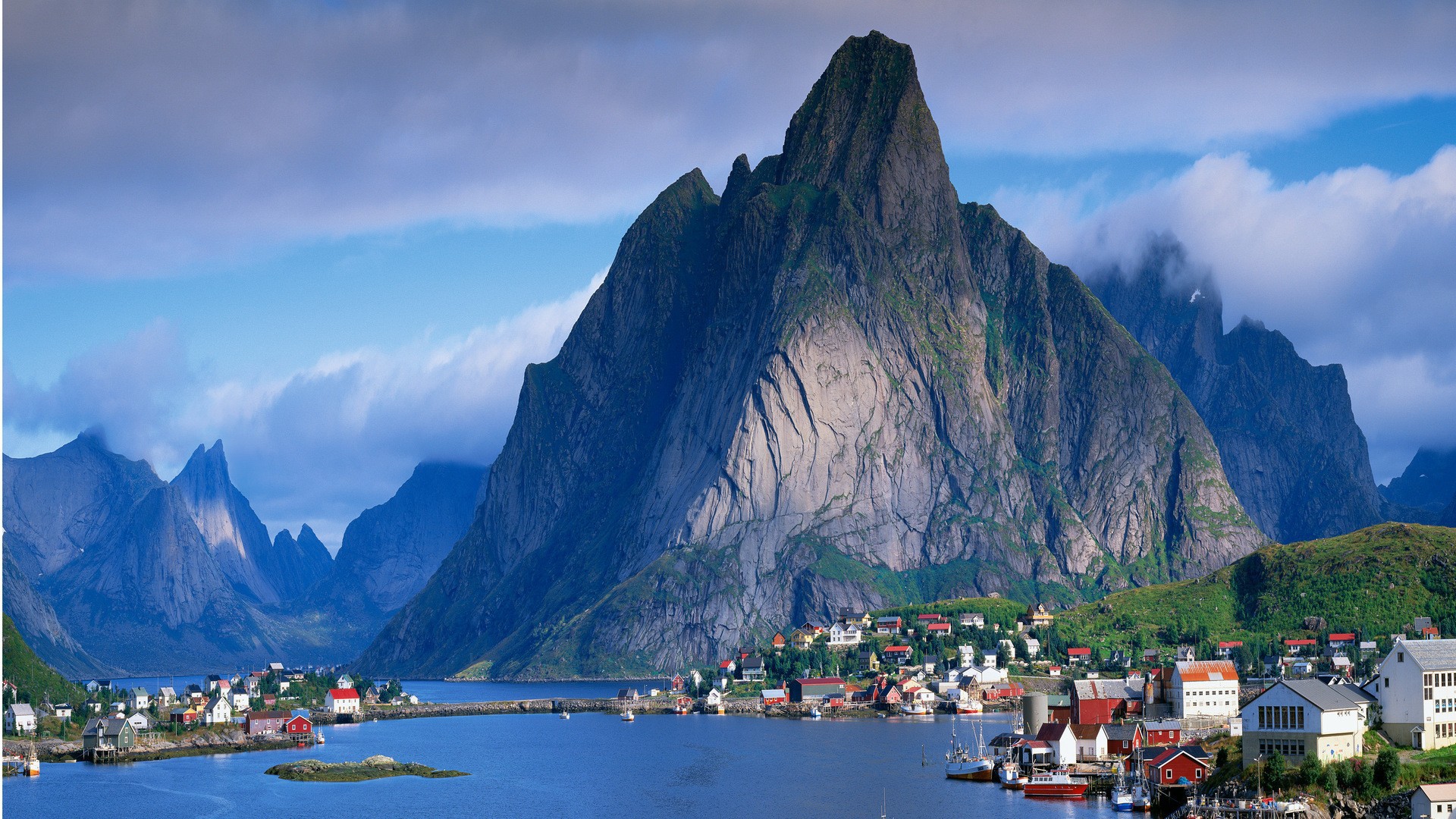

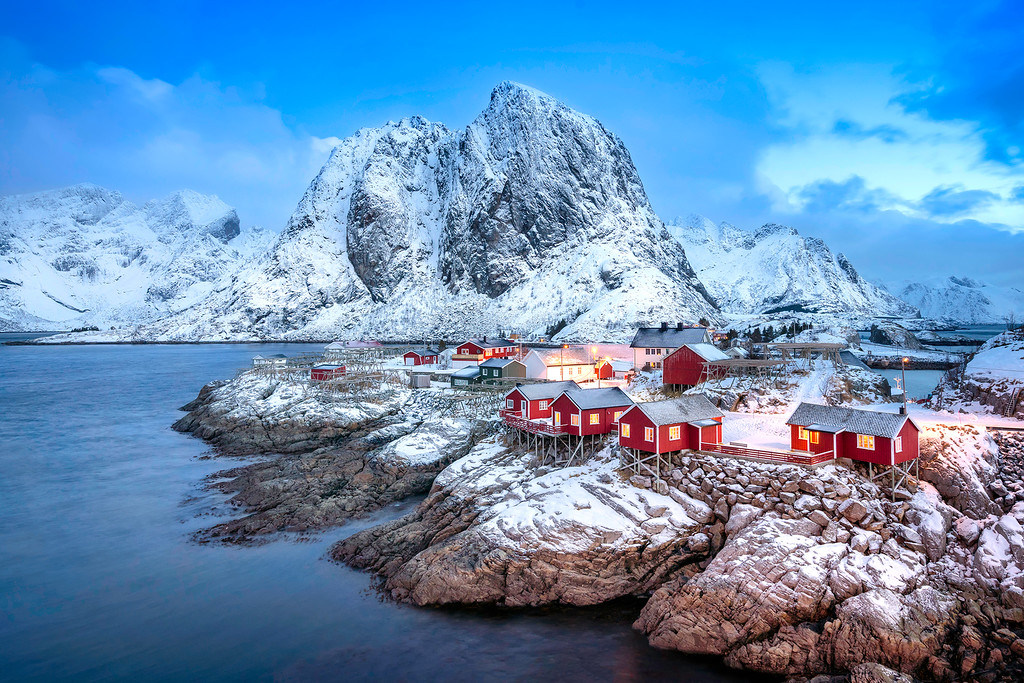

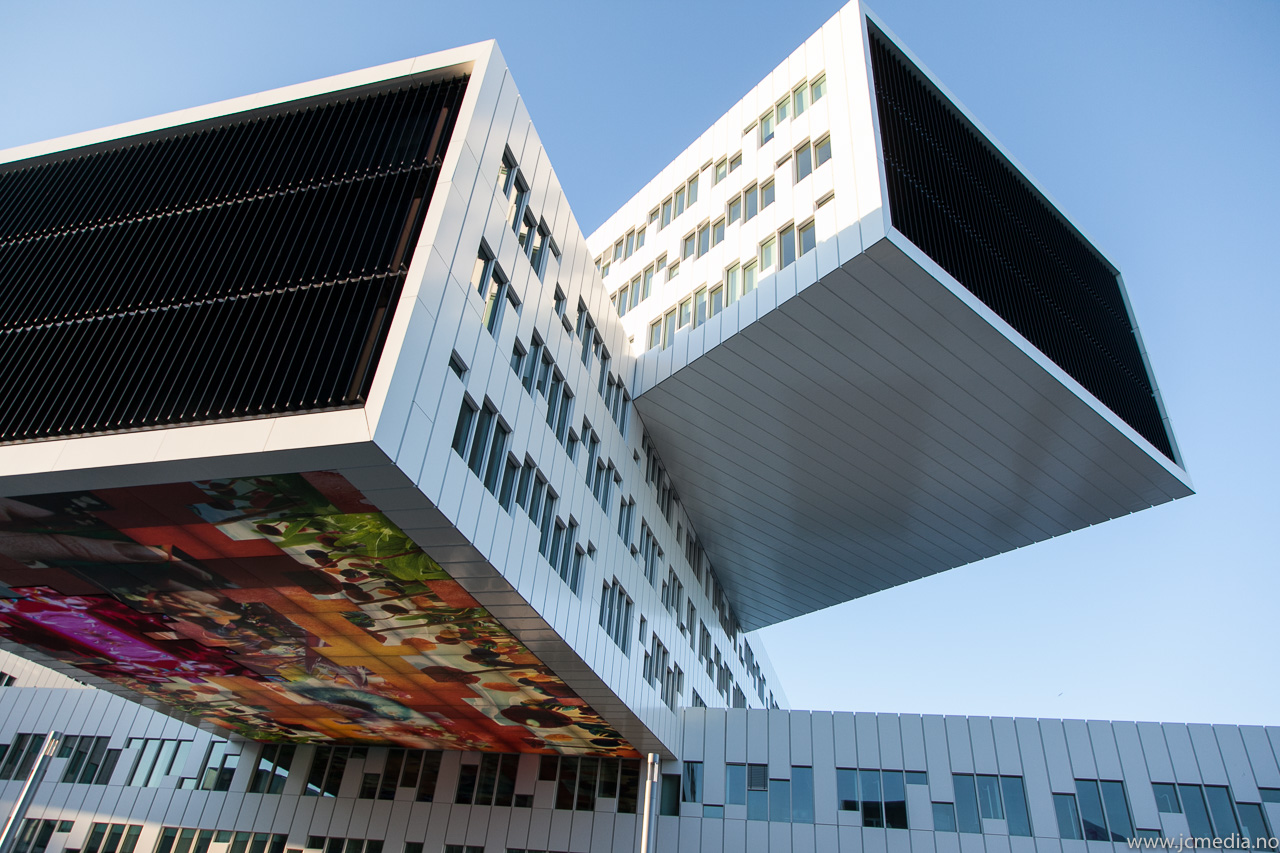

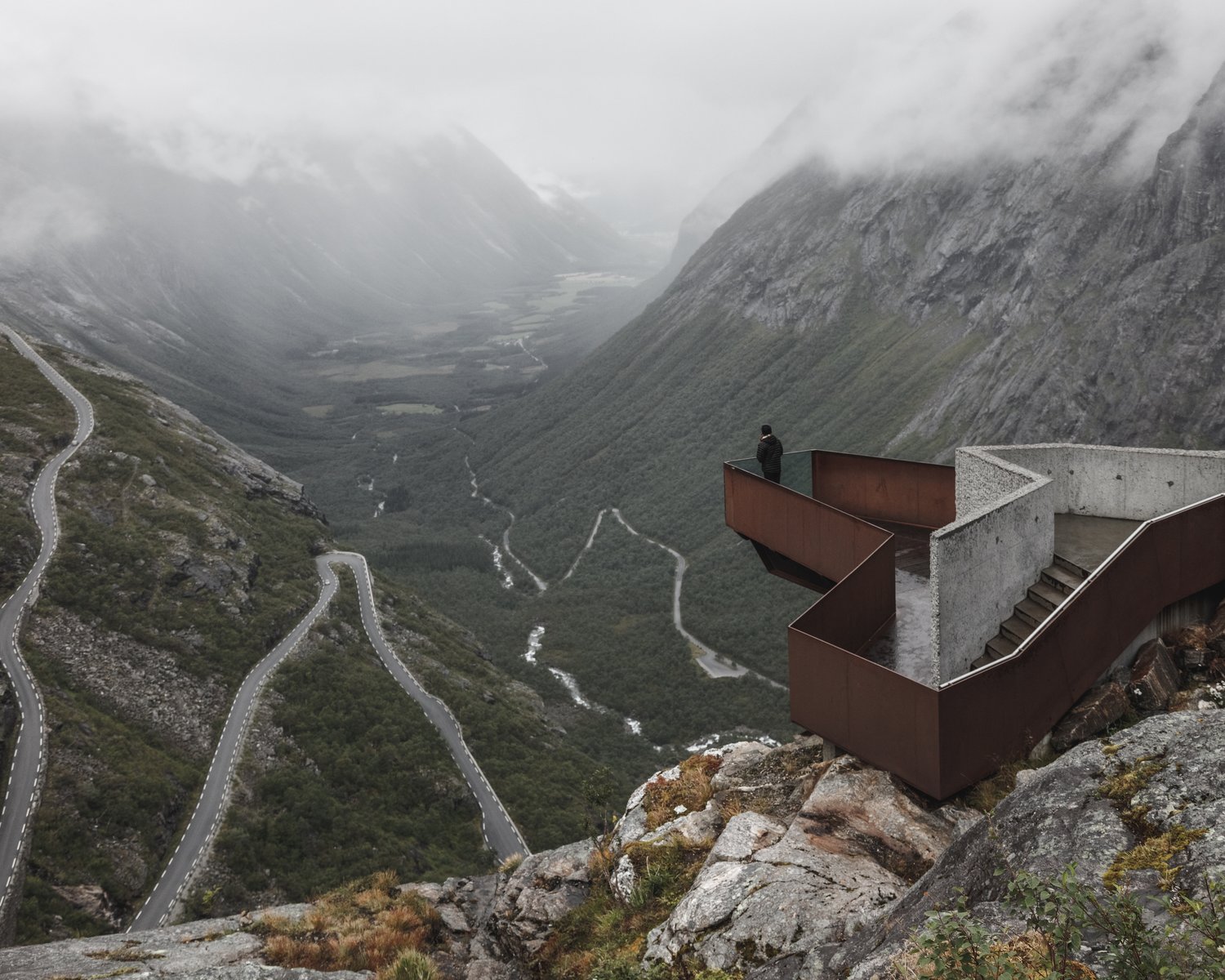

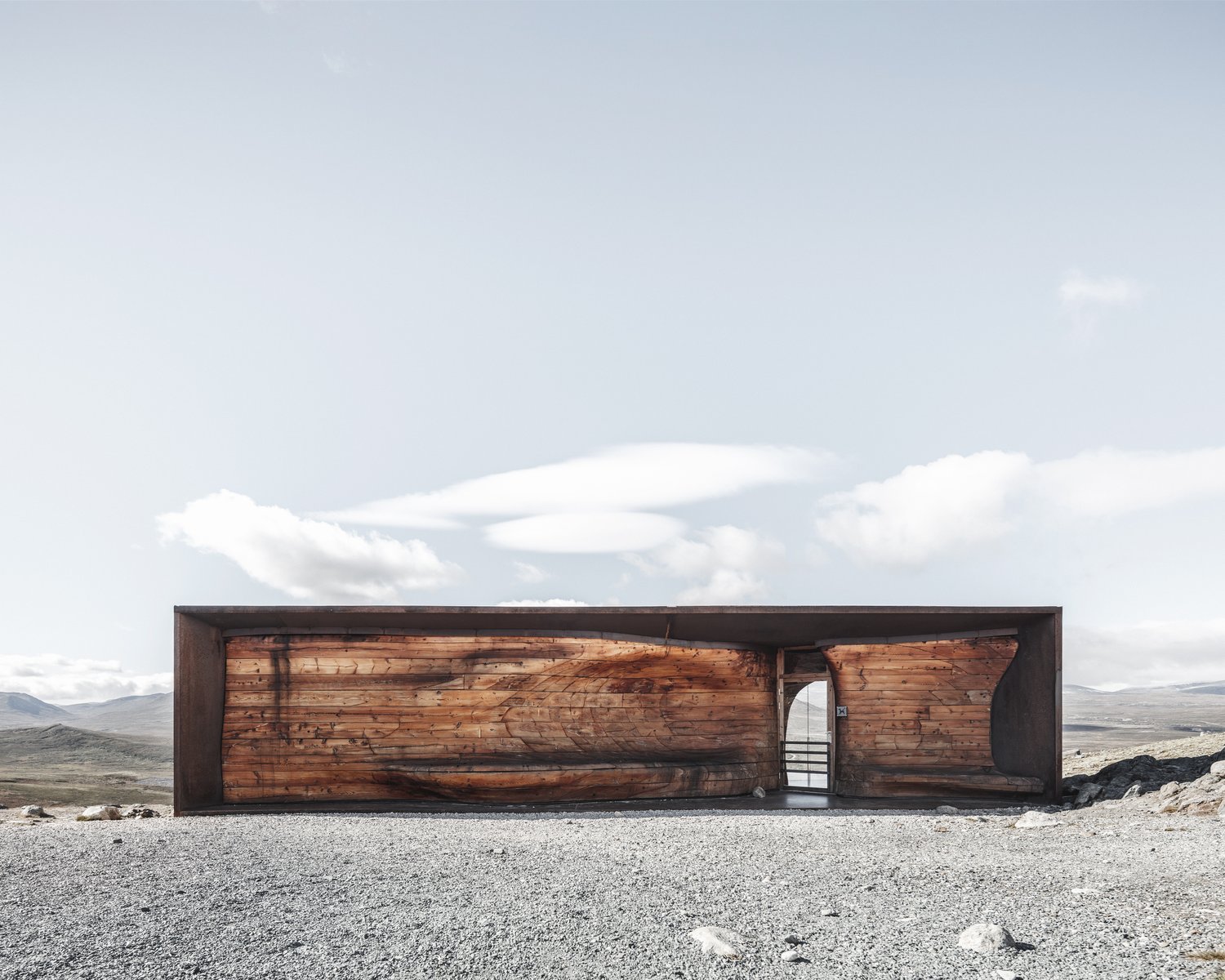



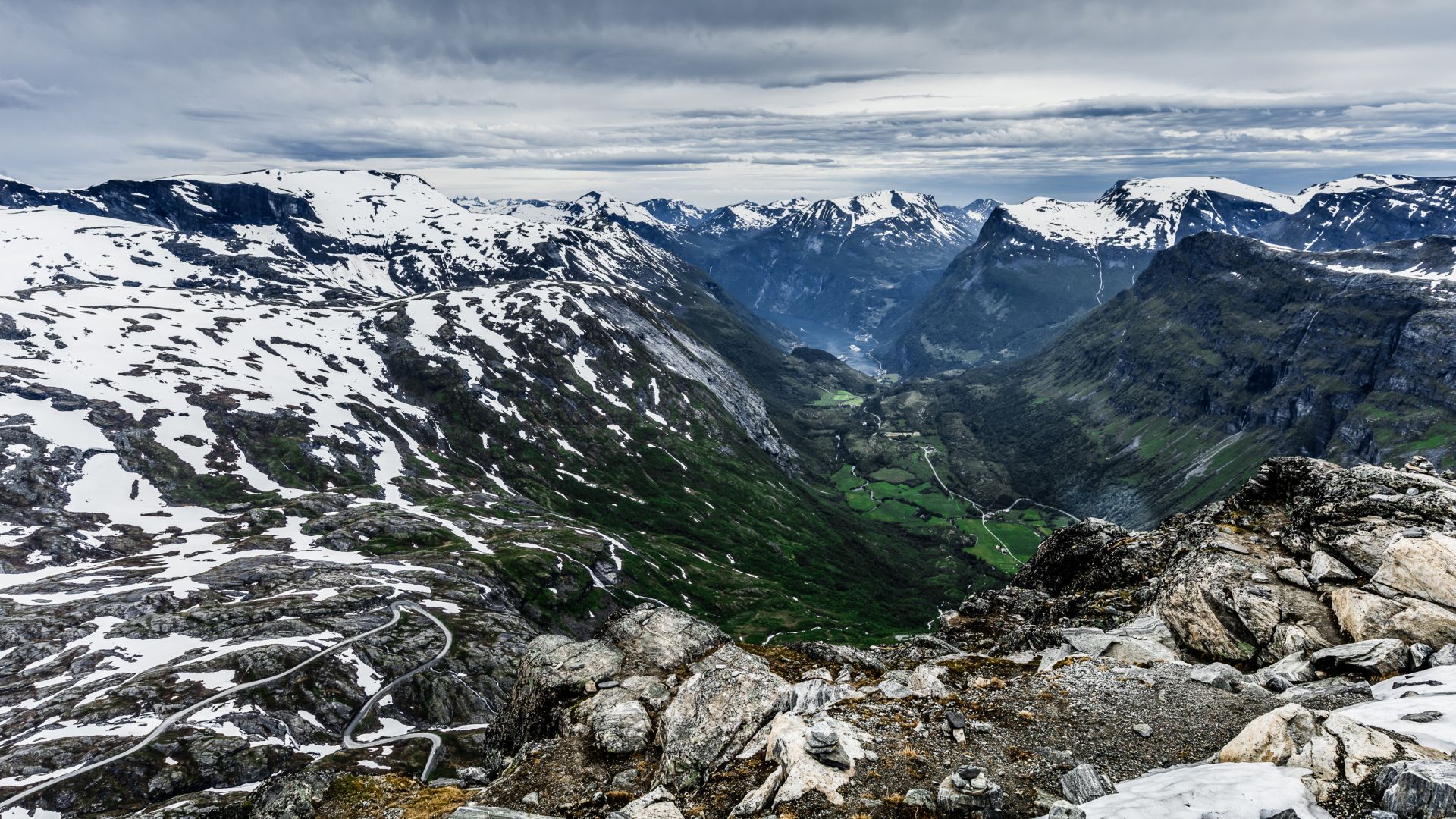

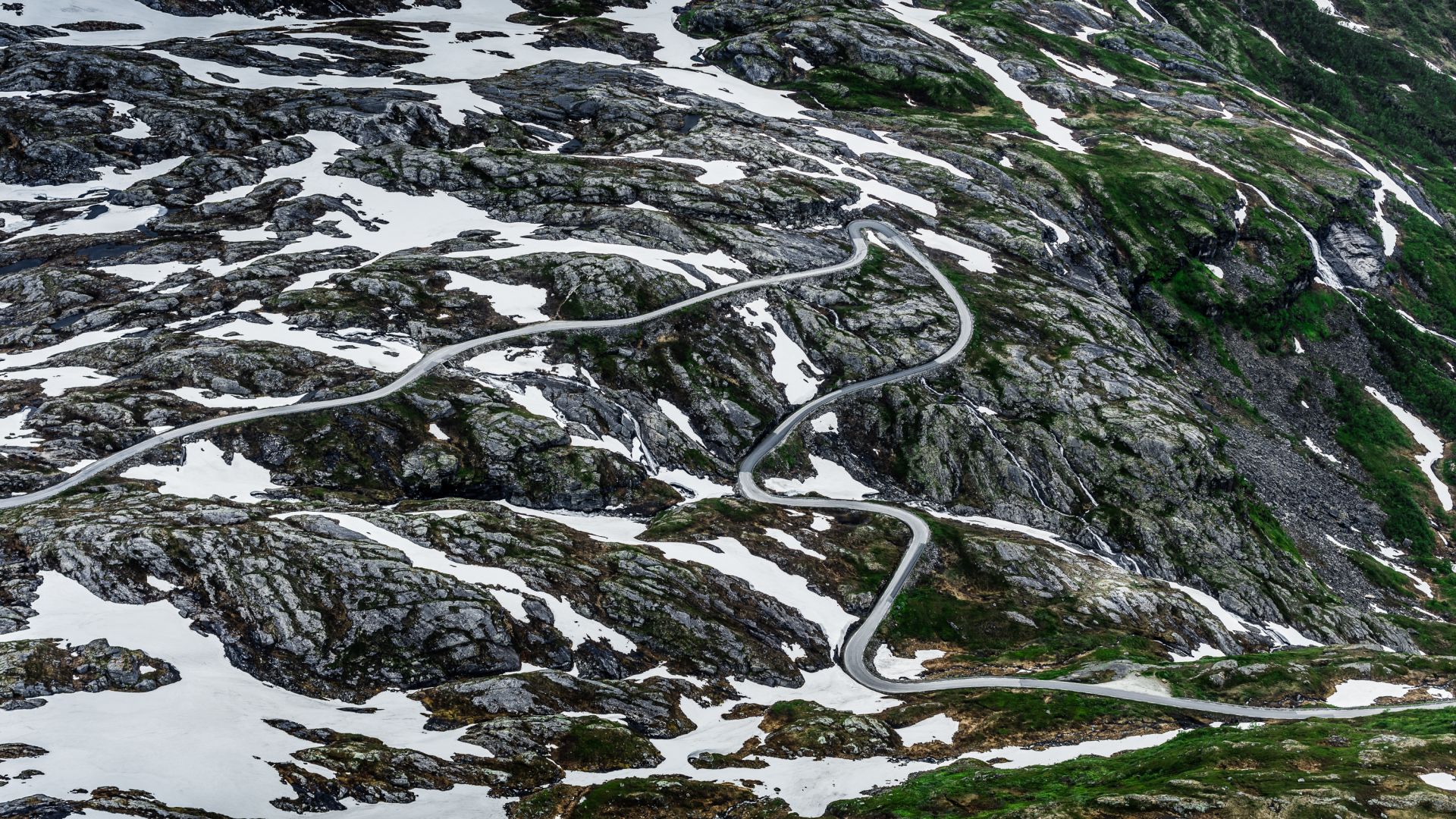

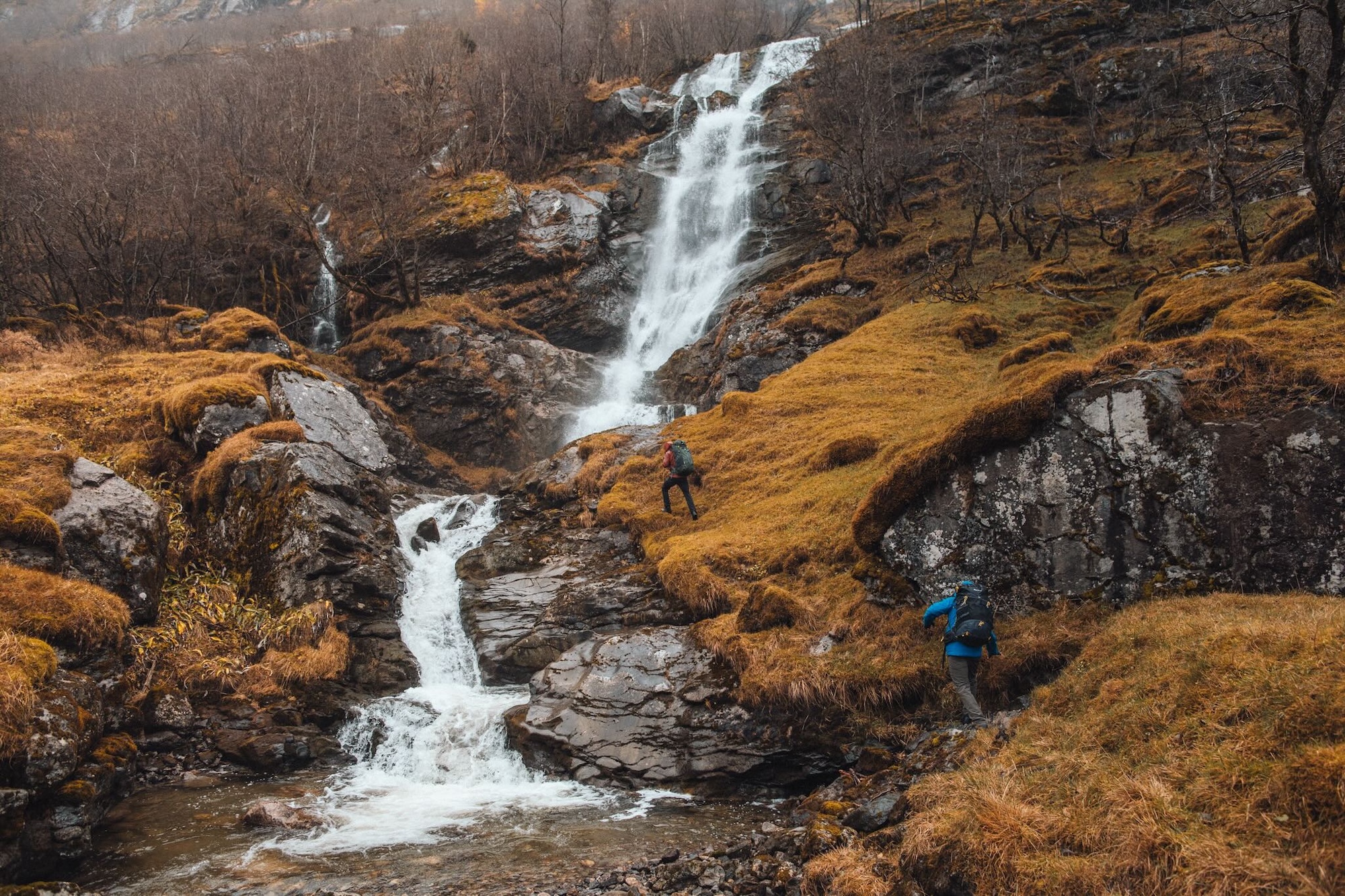

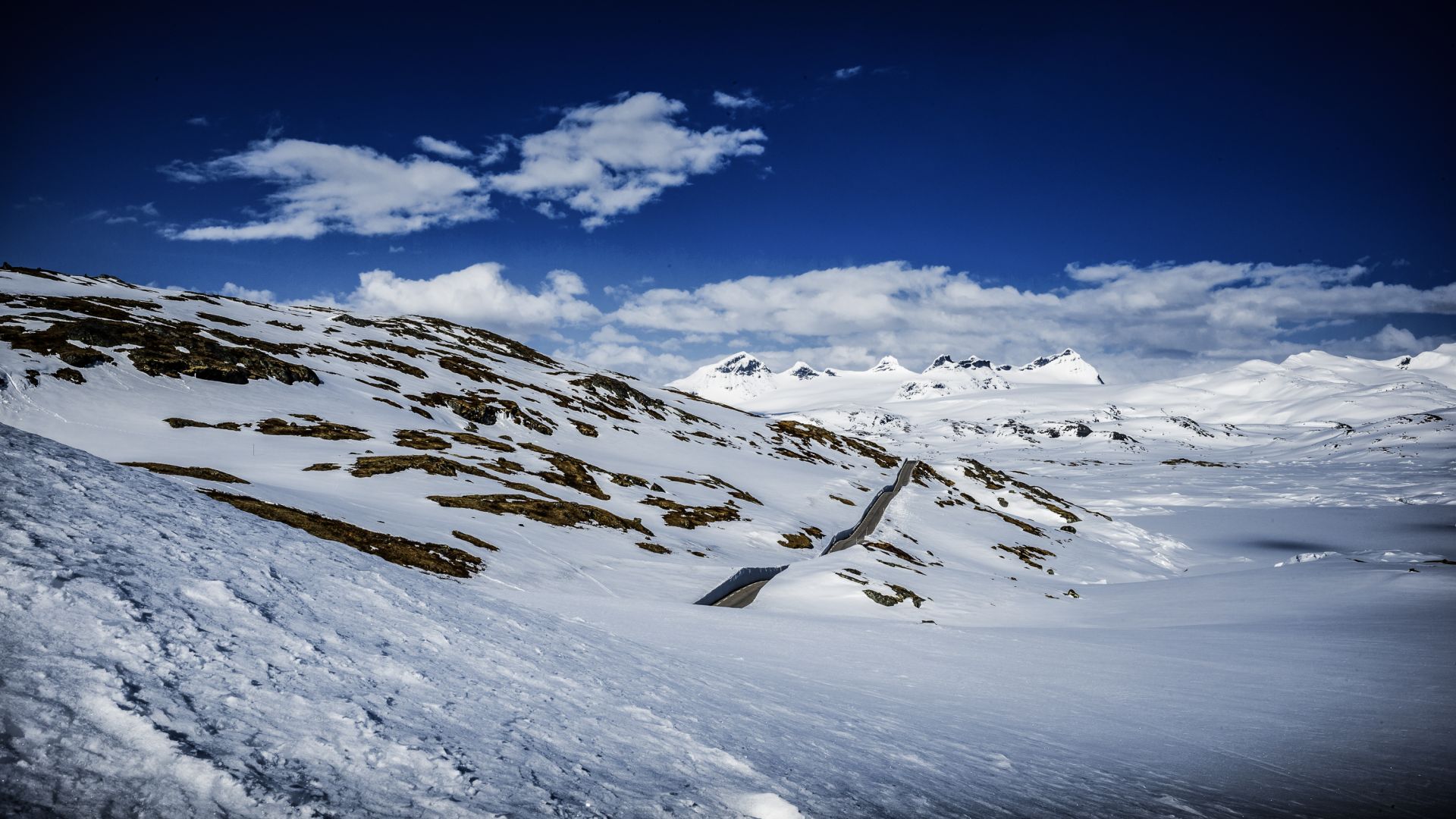

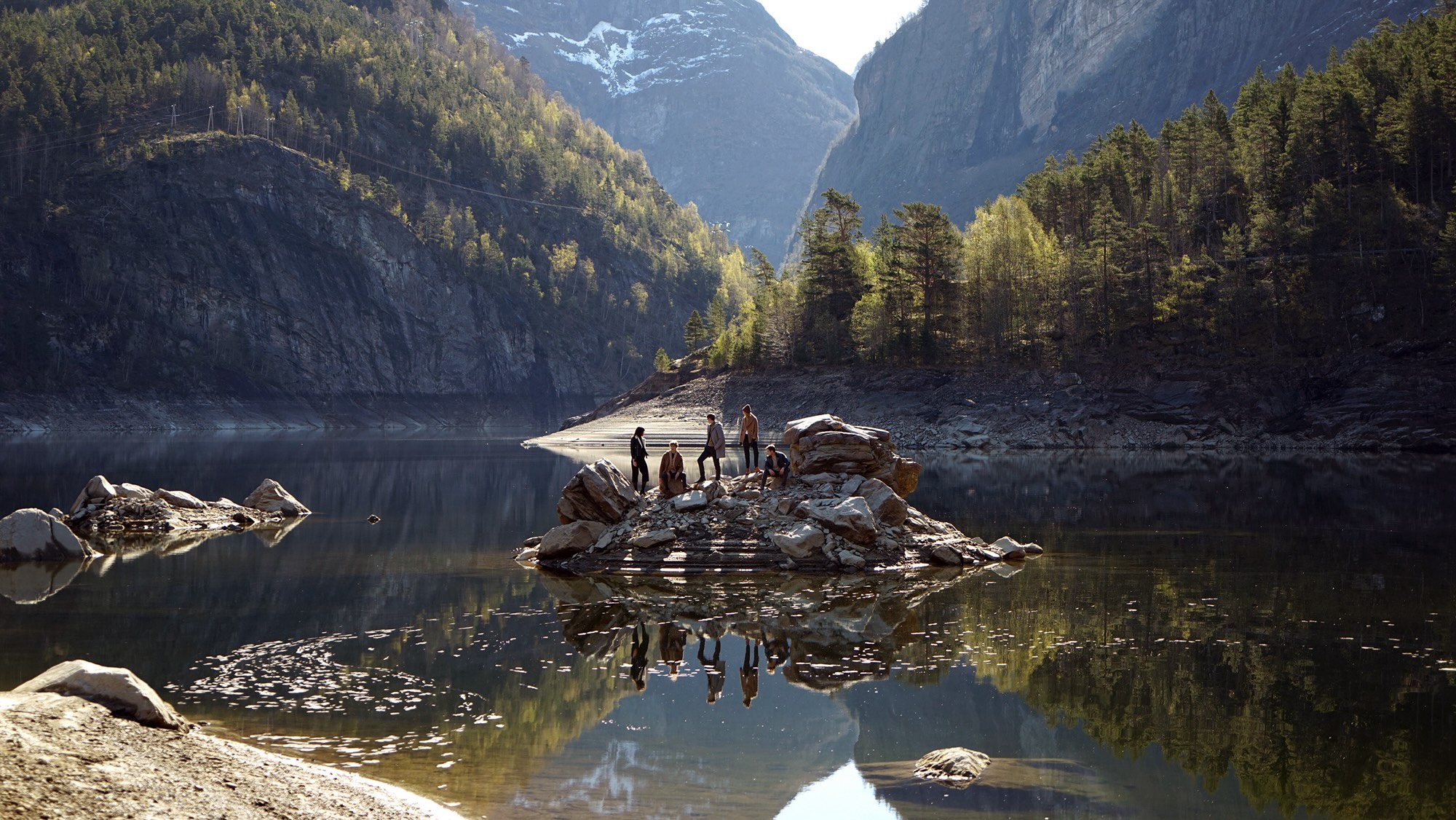



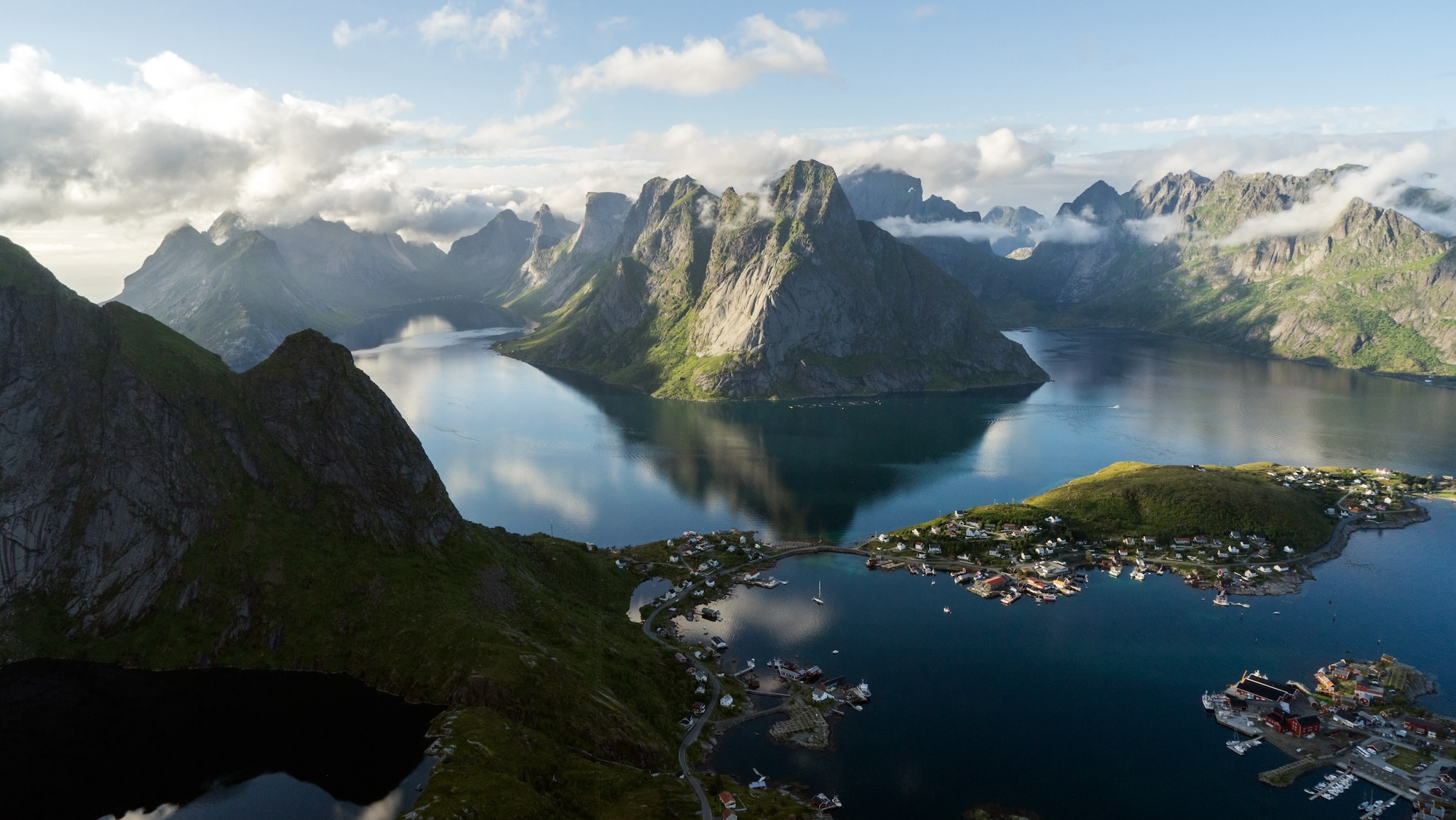

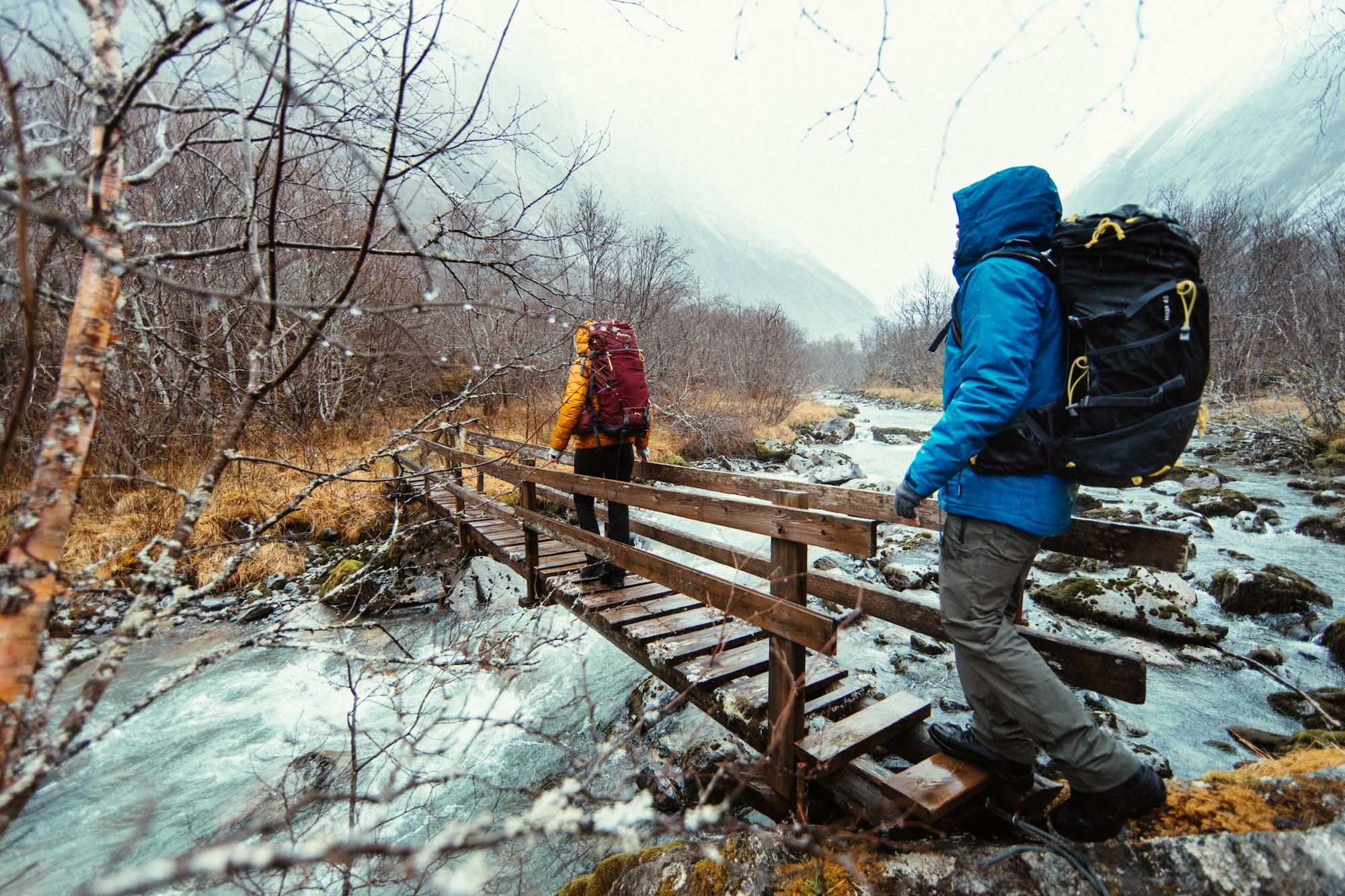

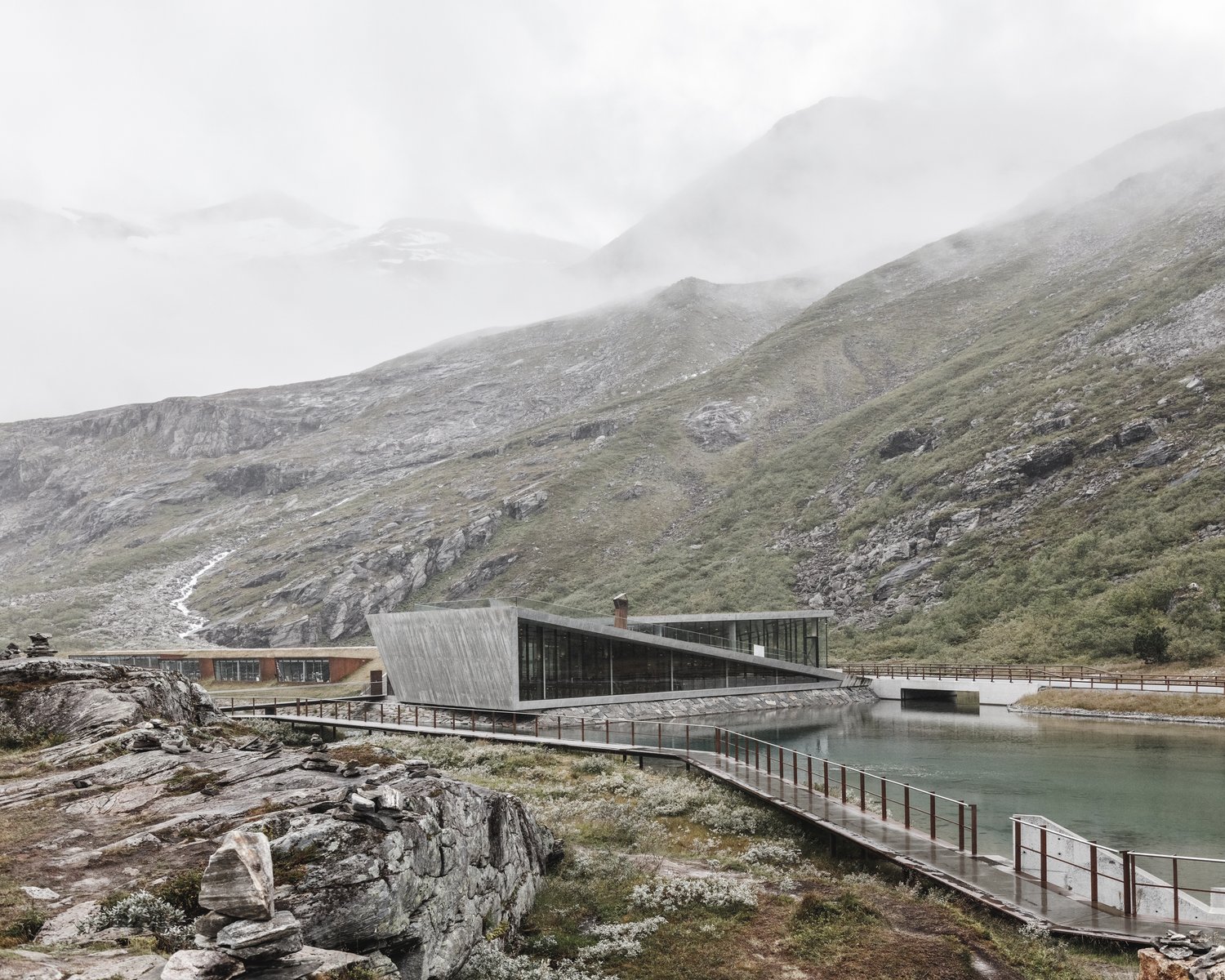

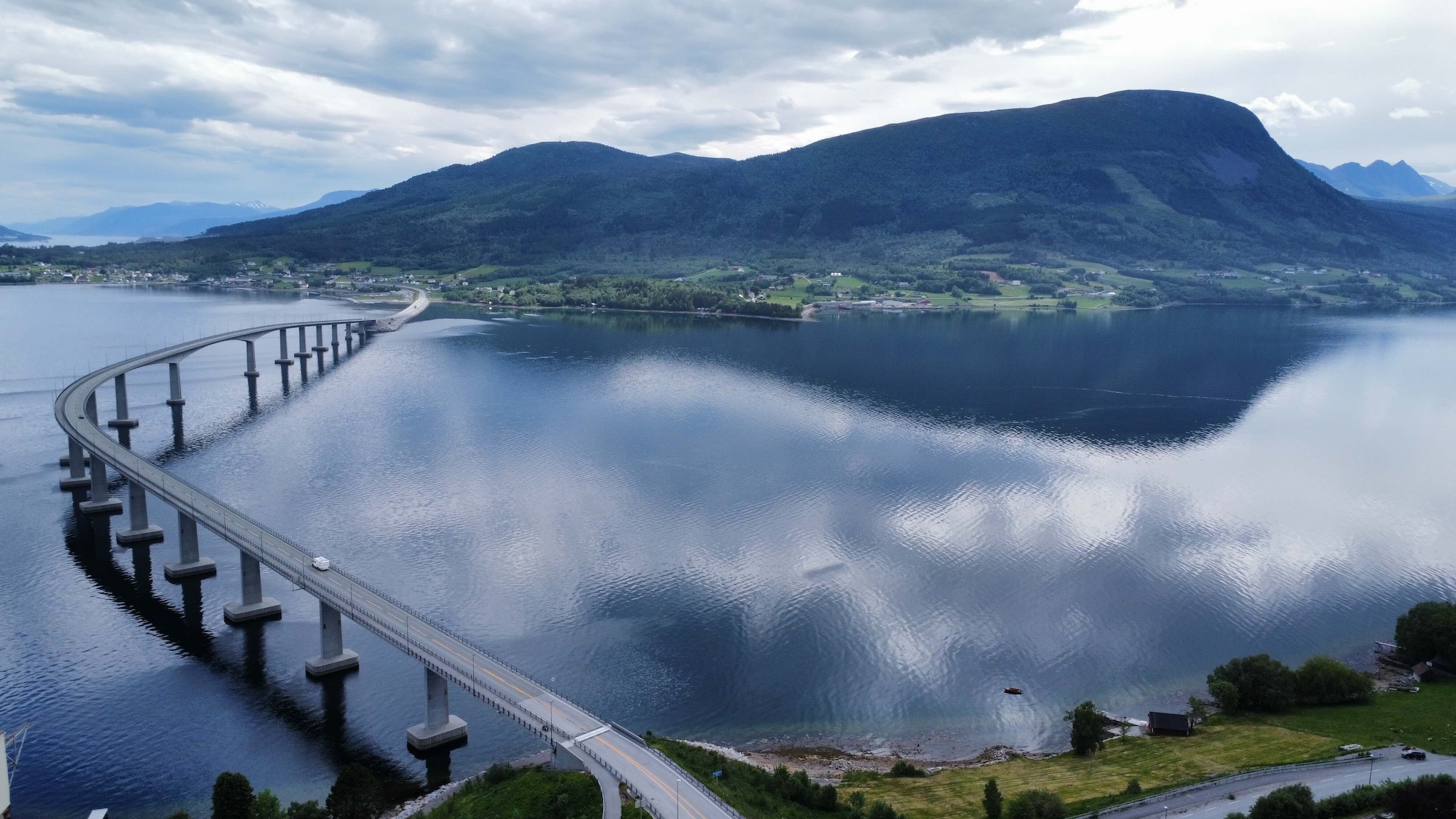

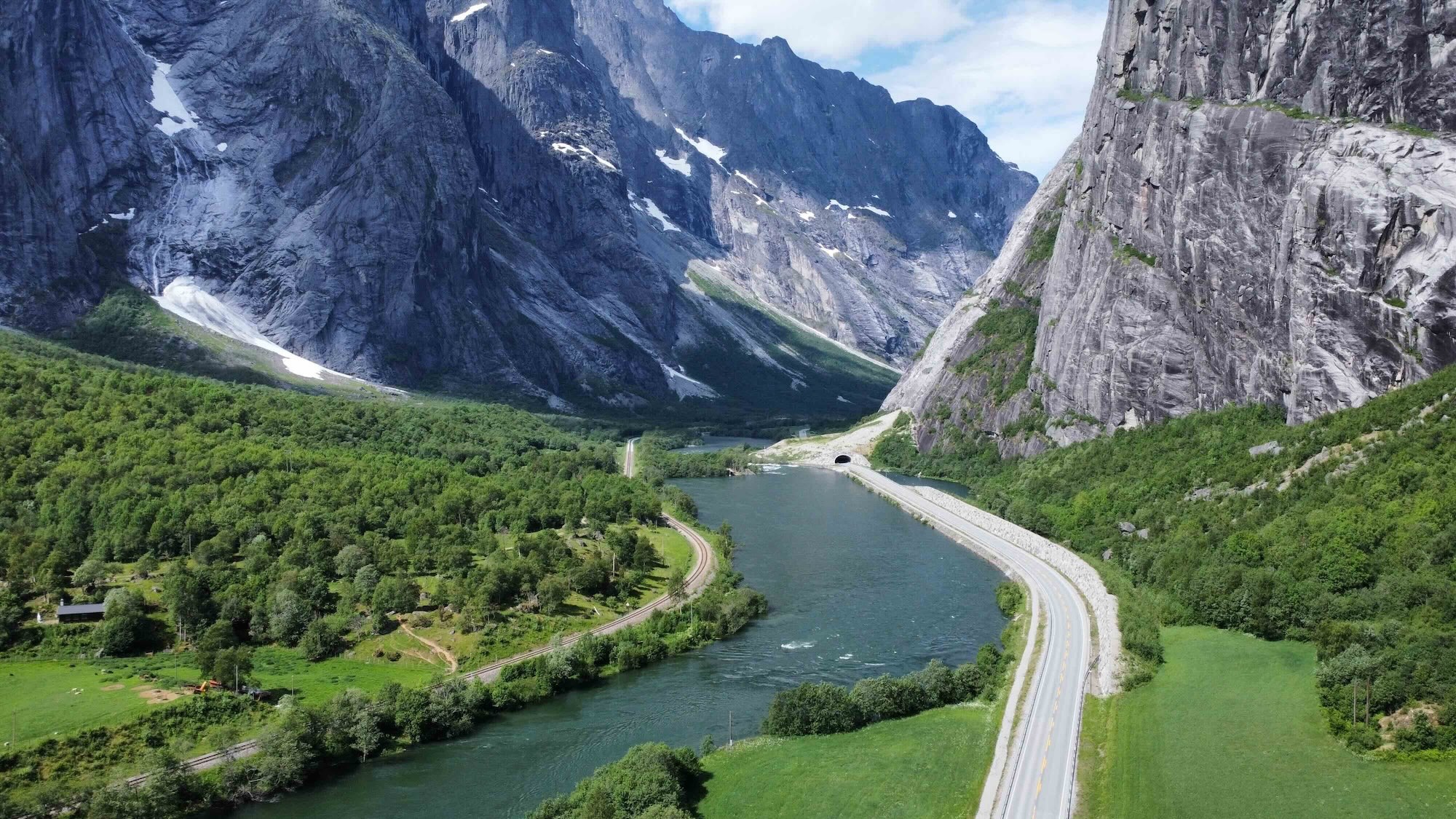

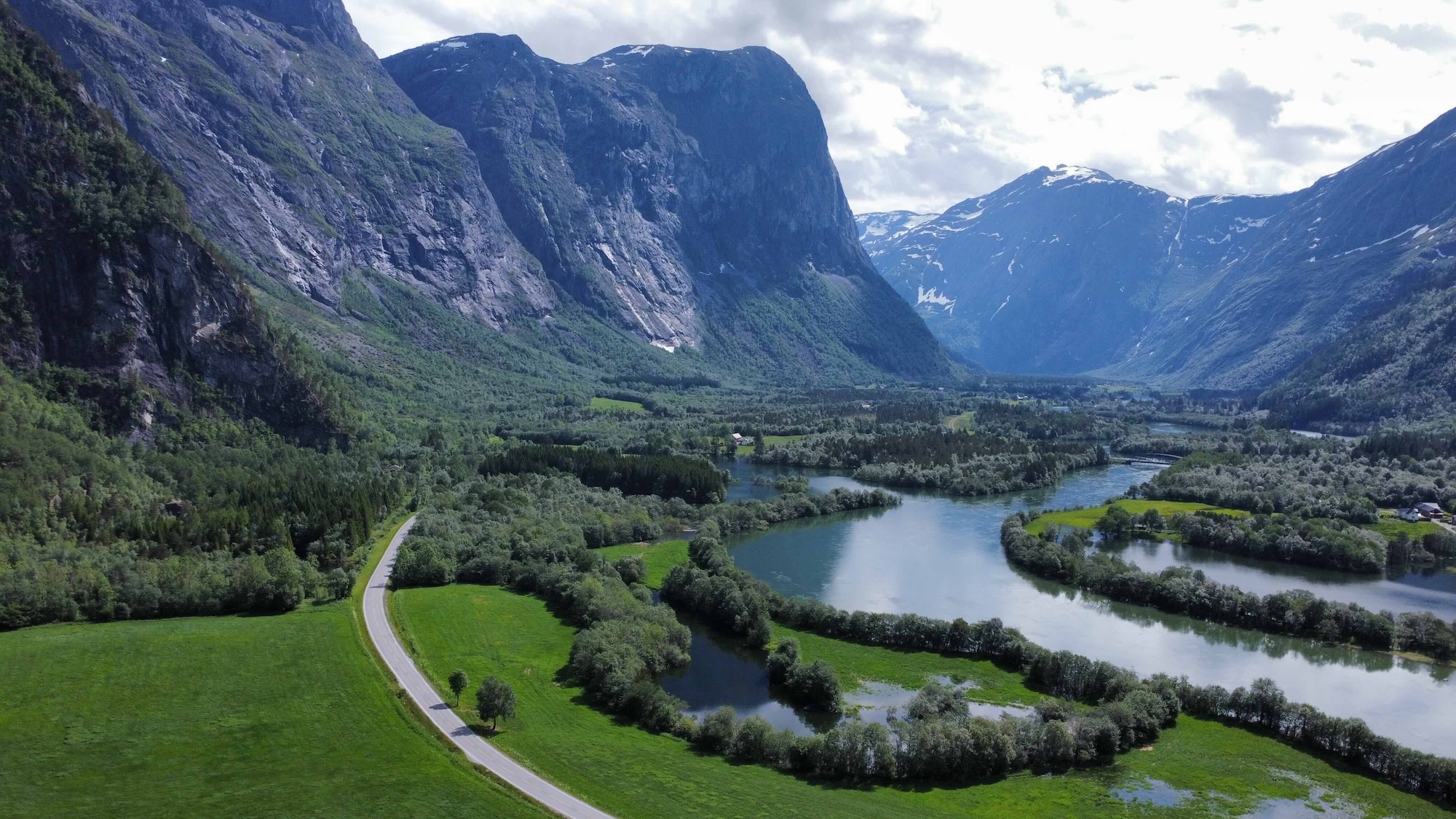

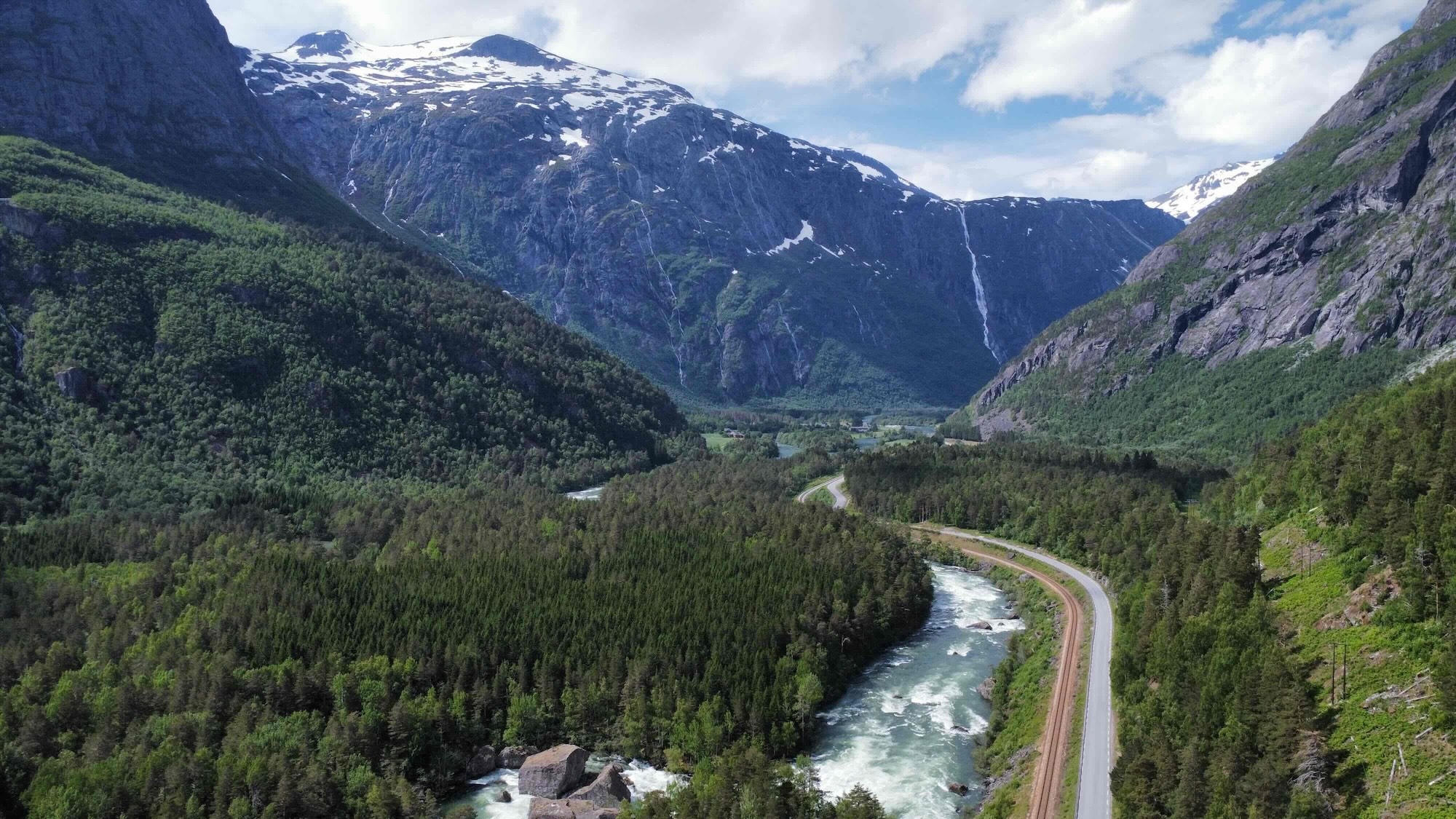



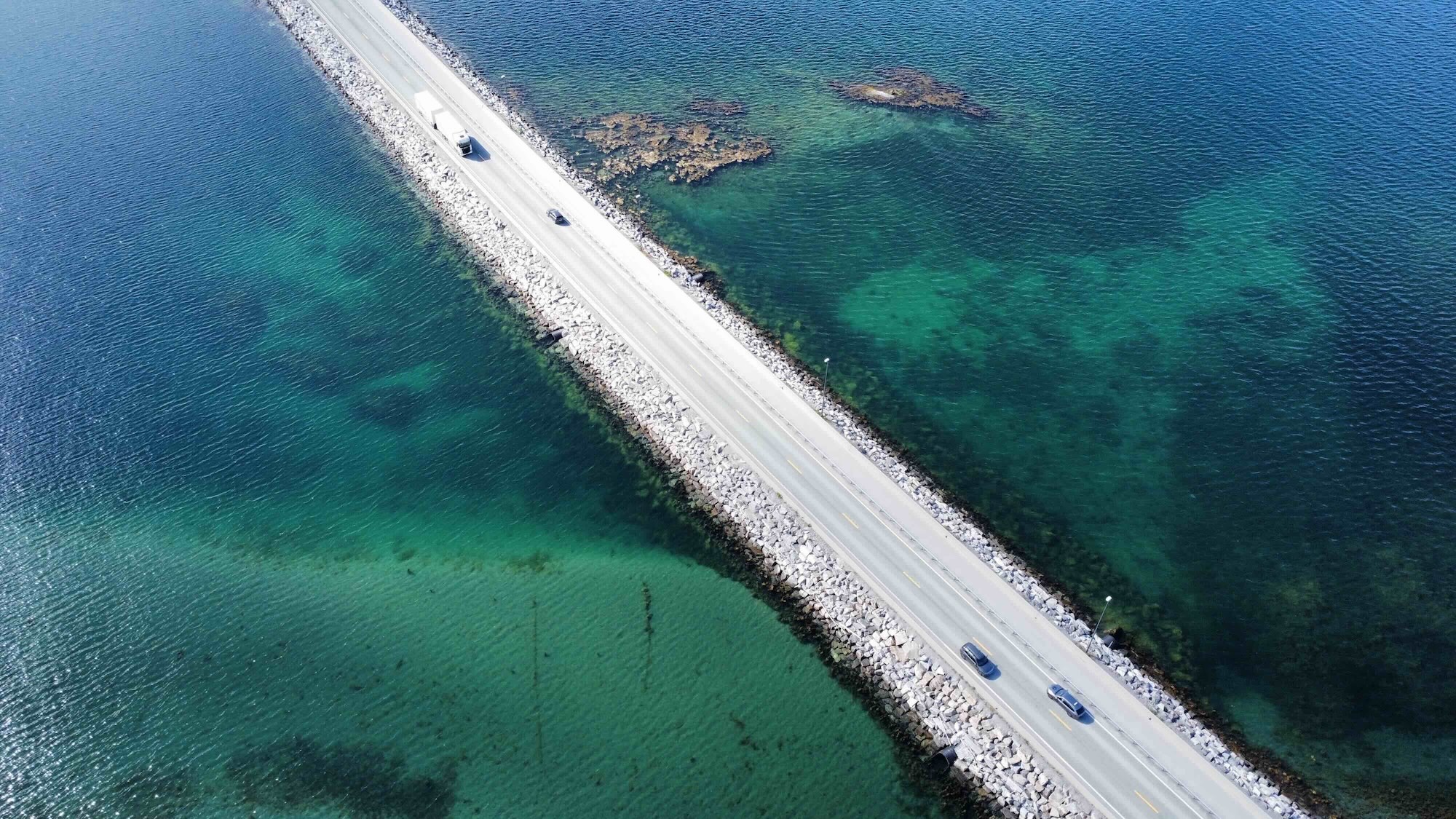

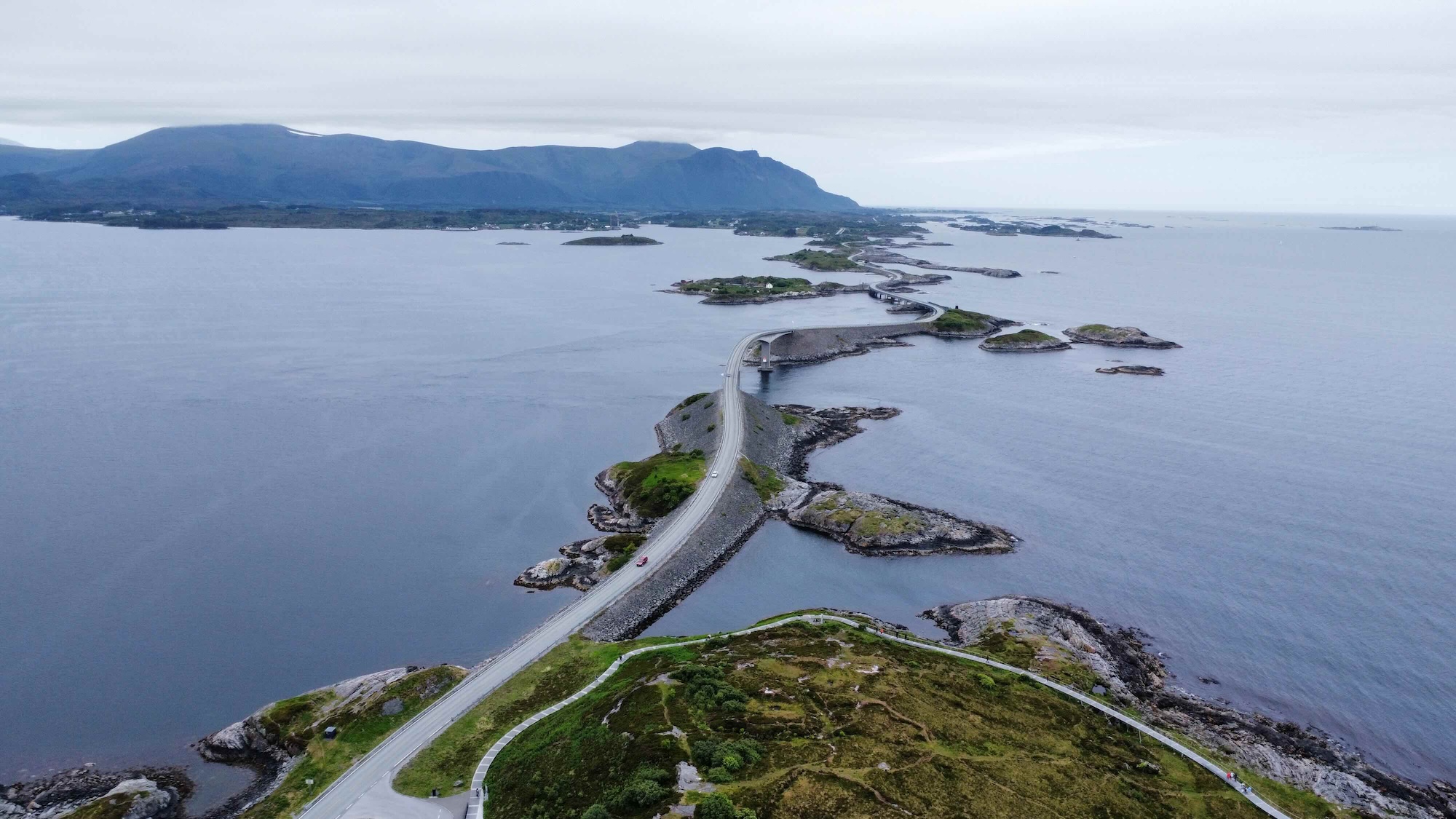



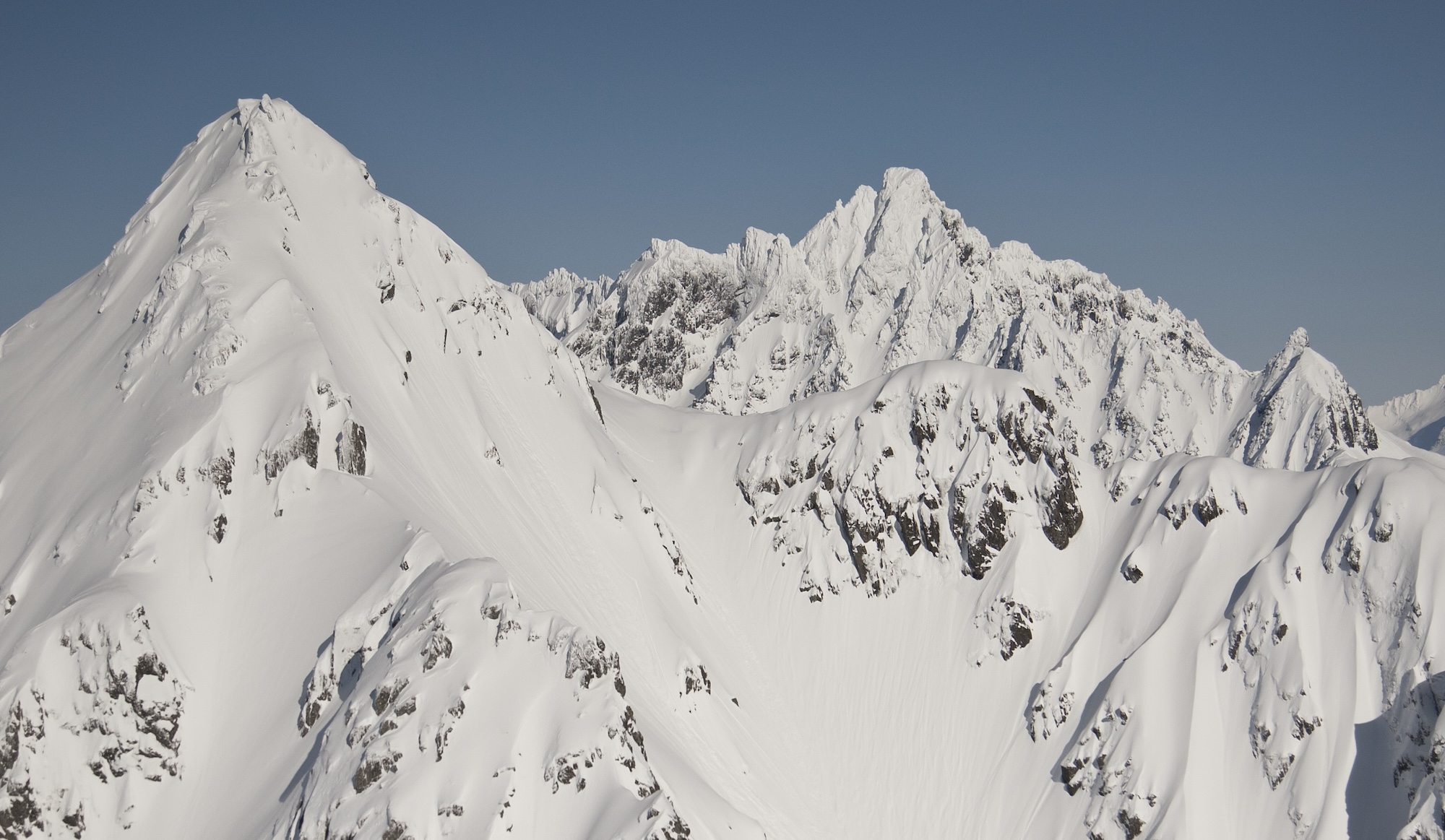

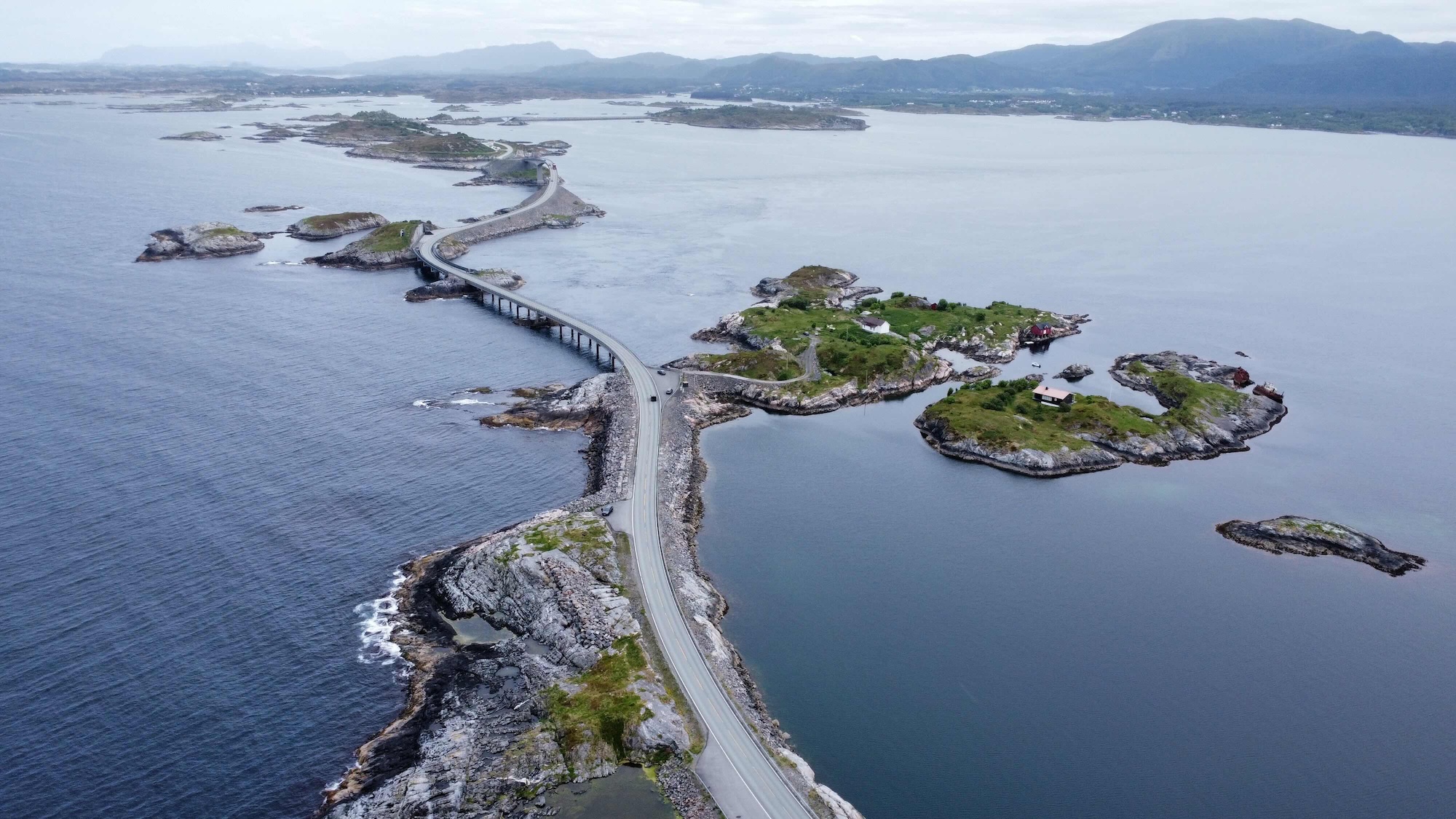

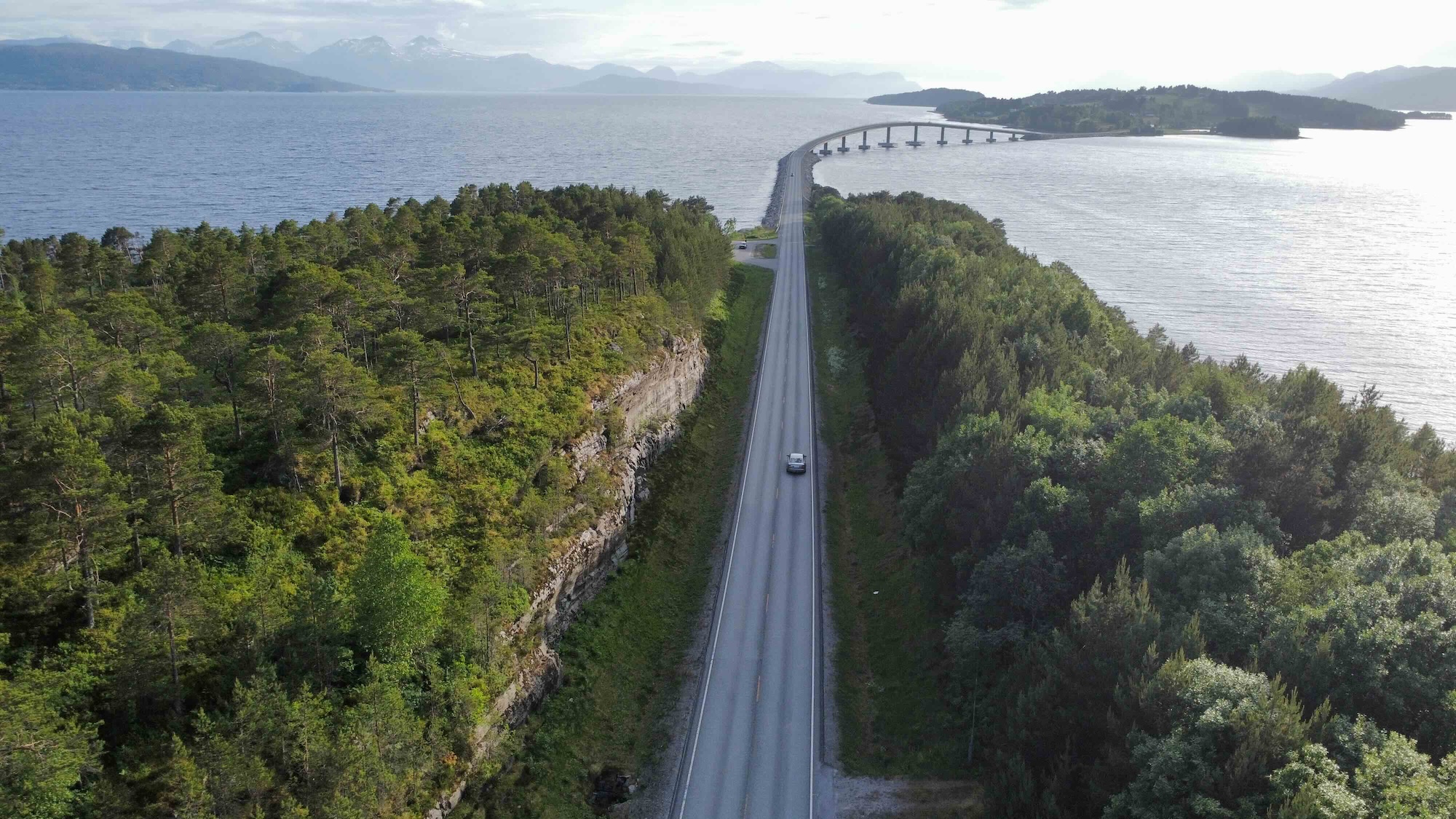

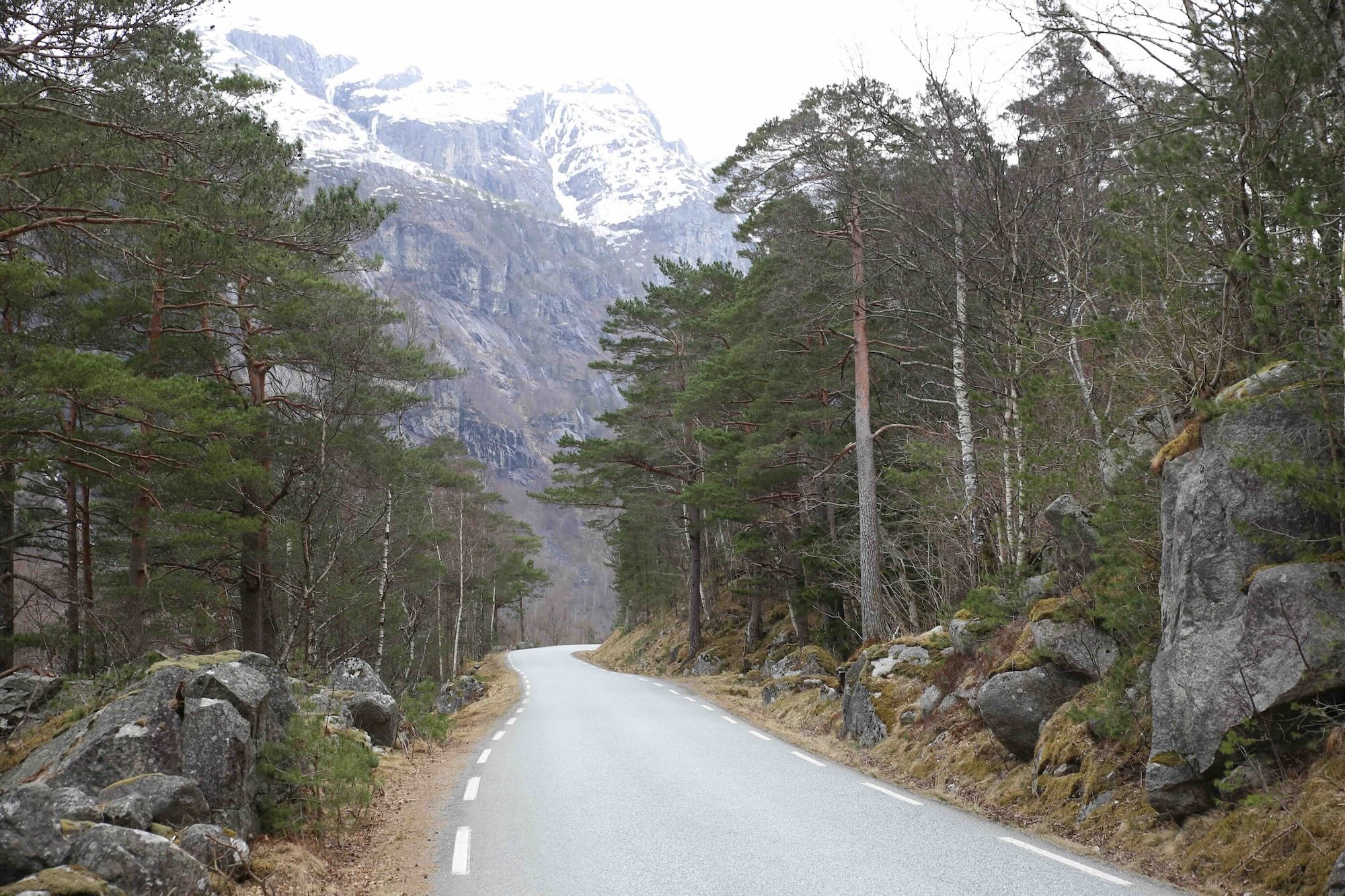

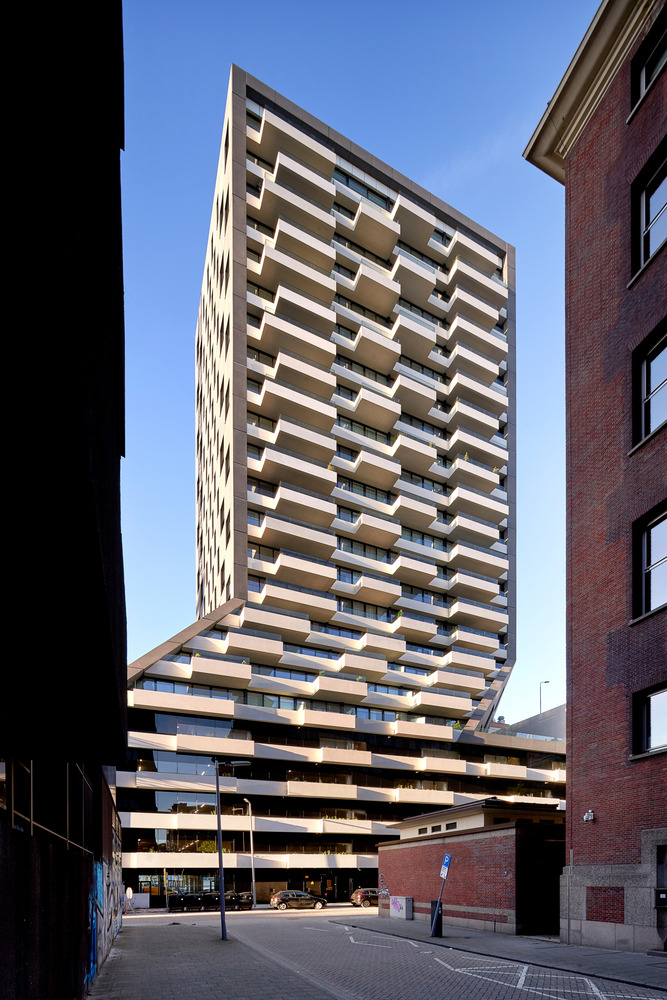

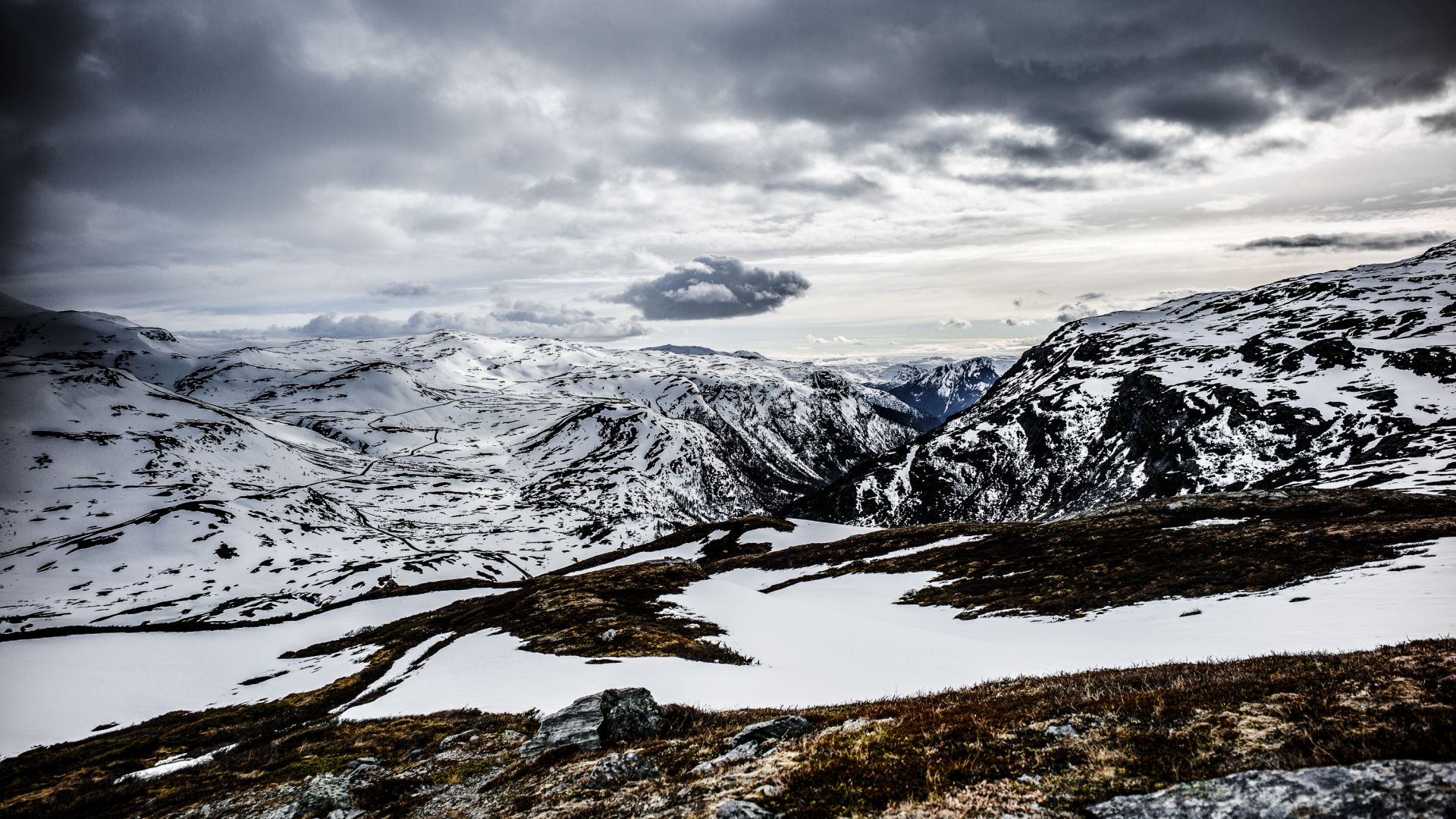

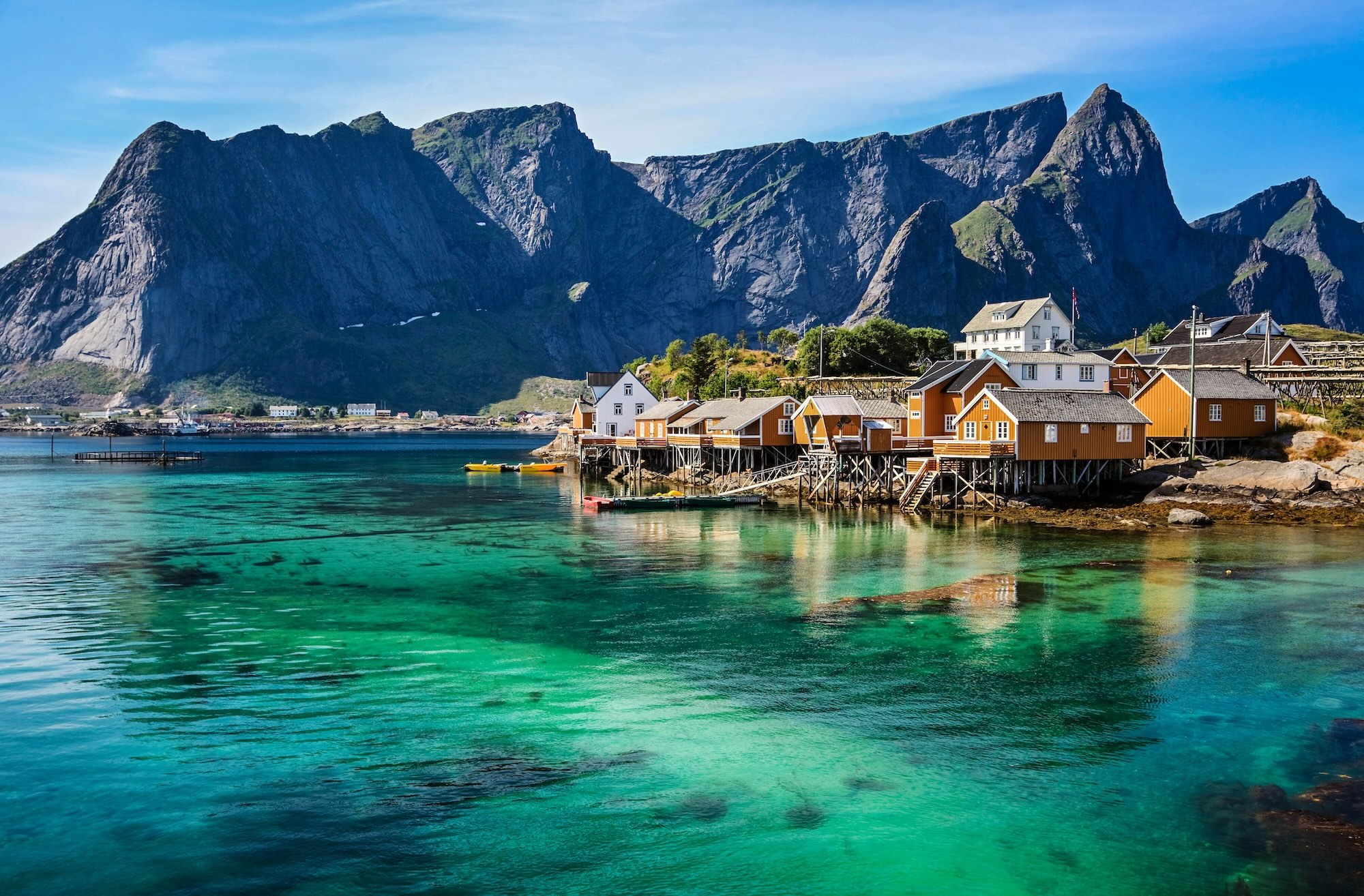

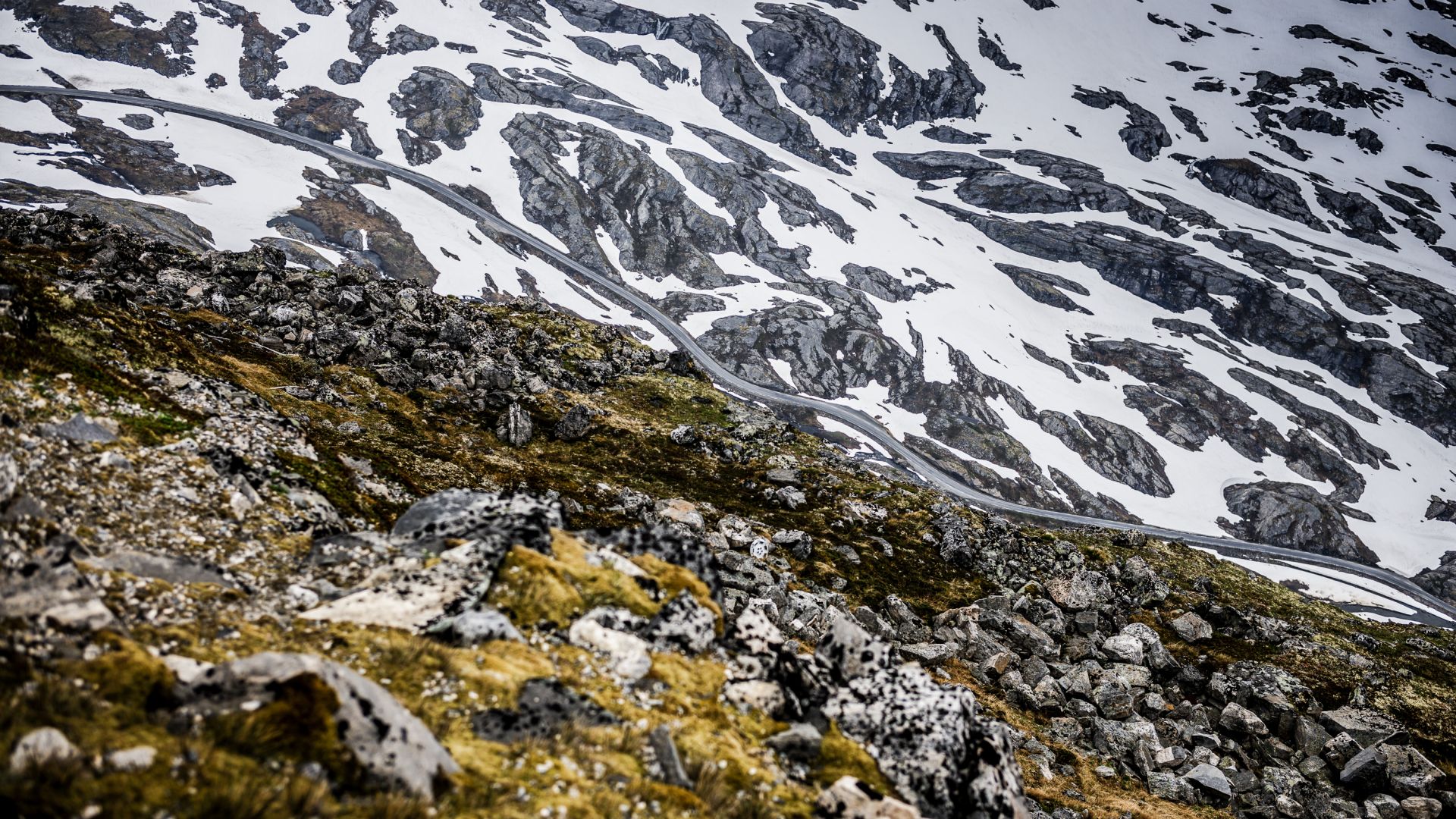

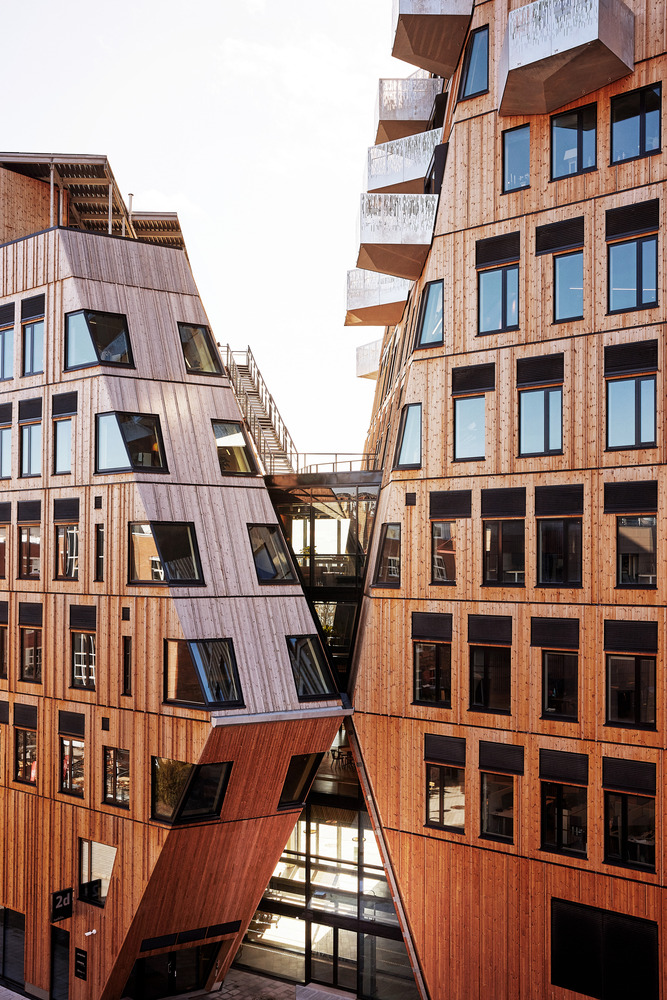

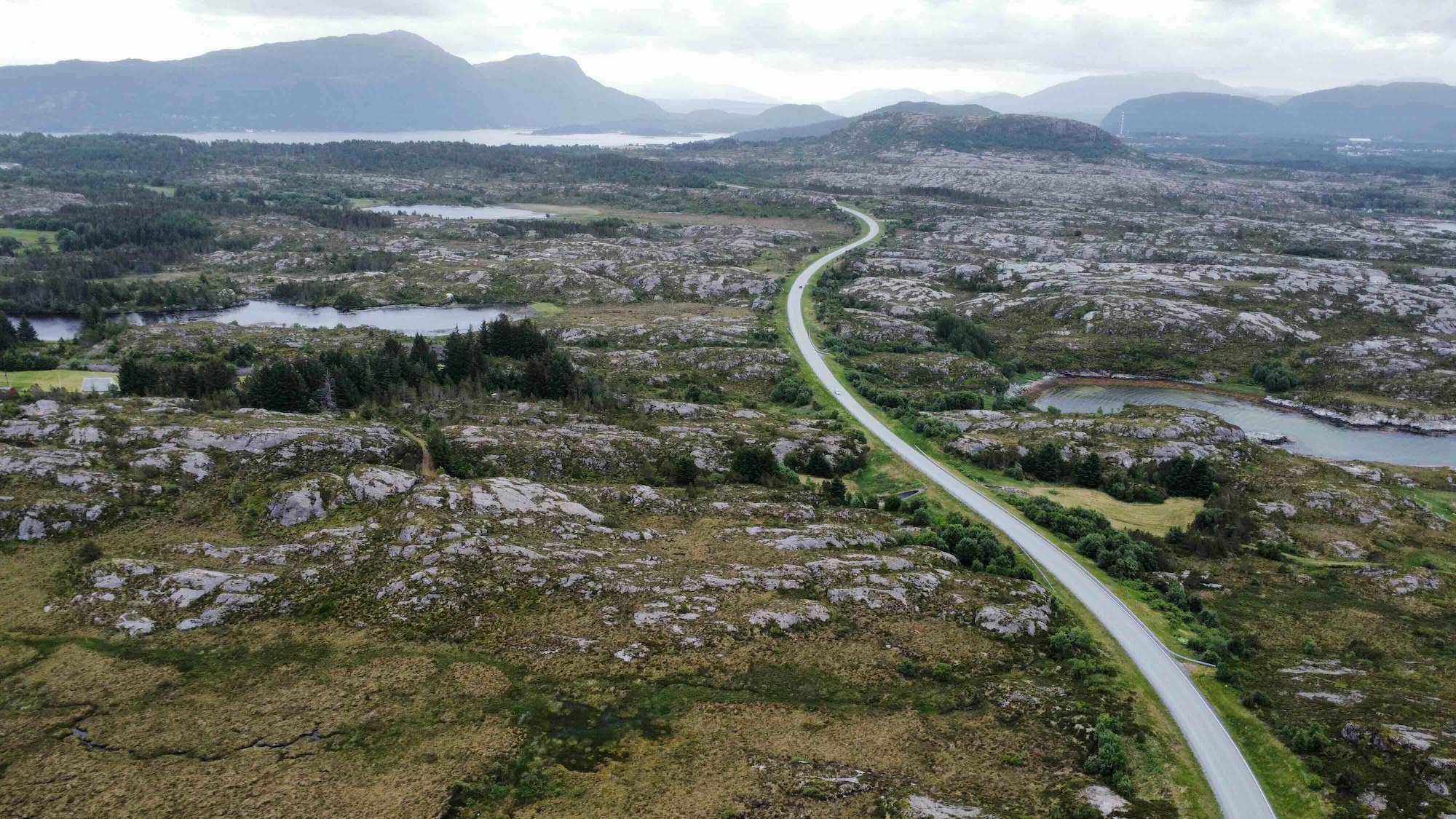

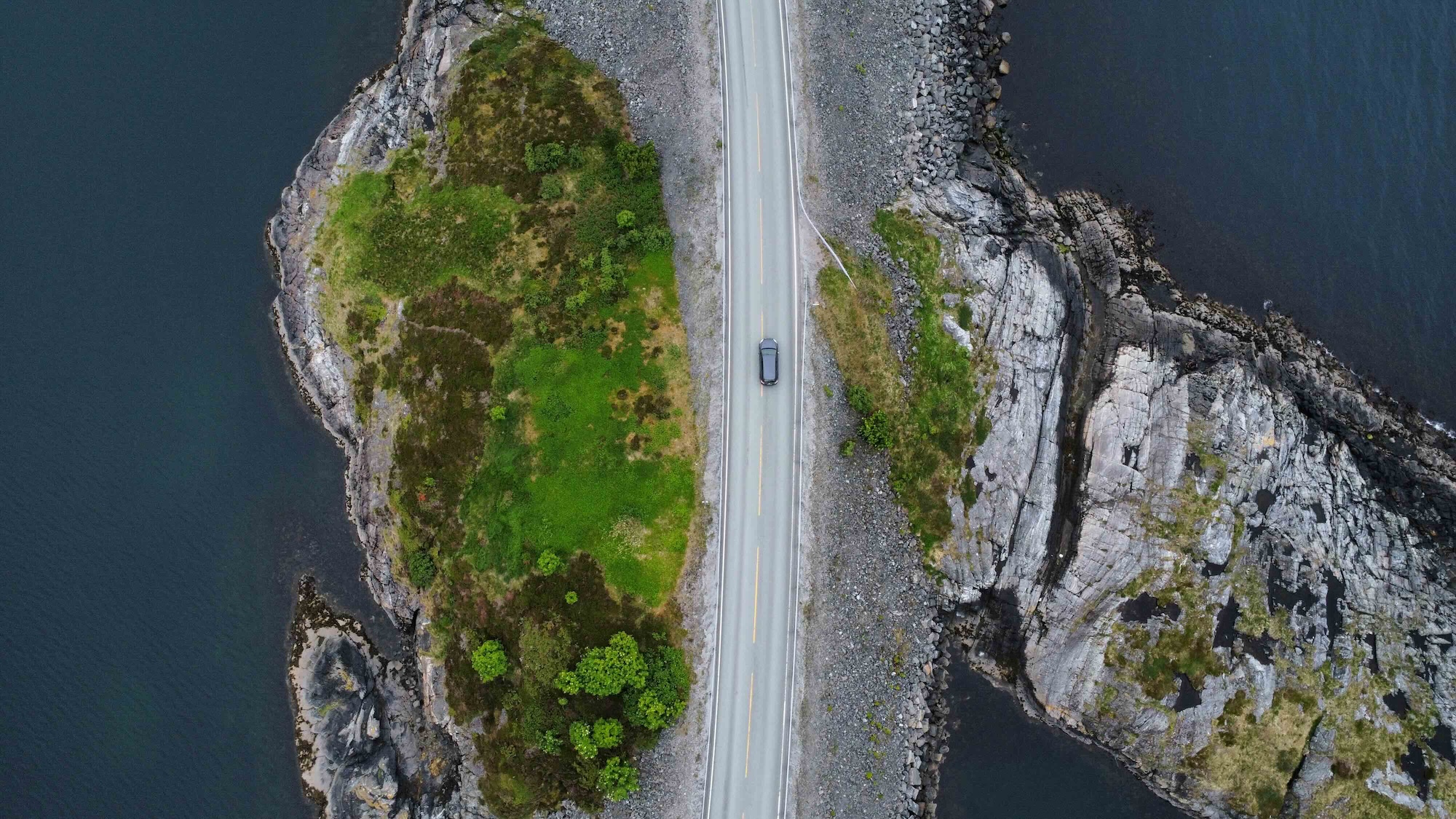

load more
Need to know facts
Norway is known for a high quality of life, a strong welfare system, and eco-friendly policies. And of course its Viking heritage, which is often showcased in film shoots set in Norway.
Average day cost
$75.000
Incentive
25% reimbursement
Population
5,5 mio
Capital
Oslo
Time Zone
UTC+1 (CET)
Currency
Norwegian krone (NOK)
1. Diverse and Breathtaking Landscapes: Norway is renowned for its dramatic scenery, including majestic fjords, towering mountains, lush forests, and picturesque coastal villages. The country’s varied topography provides filmmakers with a wealth of visually striking backdrops, from the iconic Geirangerfjord to the serene beauty of the Lofoten Islands.
2. Transparent and cost efficient budgeting: We believe in complete transparency when budgeting. Norwegian crews are very flexible and understand the importance of supporting all other departments, which will streamline each production and reduce costs.
3. Unique Natural Phenomena: Norway is home to extraordinary natural phenomena such as the Northern Lights (Aurora Borealis) and the Midnight Sun. These captivating displays offer filmmakers the opportunity to capture stunning visuals that can enhance the narrative and create a memorable viewing experience.
4. Rich Cultural Heritage: With a history that spans thousands of years, Norway boasts a rich cultural tapestry that includes Viking heritage, traditional folk music, and unique architectural styles. Filmmakers can explore and incorporate these cultural elements into their projects, adding depth and authenticity to their storytelling.
5. Strong Film Industry Support: Norway has a well-established film industry, with various funding opportunities, film commissions, and production companies that can assist filmmakers in navigating the local landscape. The Norwegian Film Institute provides support for both domestic and international projects, making it easier to secure resources and permits.
6. Skilled Local Talent: The country is home to a growing pool of talented actors, crew members, and production professionals. Collaborating with local talent not only enriches the film but also fosters community engagement and provides insights into Norwegian culture and storytelling.
7. Accessibility and Infrastructure: Norway’s modern infrastructure, including well-maintained roads, efficient public transport, and advanced filming facilities, makes it relatively easy for production teams to access remote locations. This accessibility allows filmmakers to explore even the most breathtaking and secluded areas of the country.
8. Commitment to Sustainability: Norway is known for its commitment to environmental sustainability, which resonates with many contemporary filmmakers. By choosing Norway as a filming location, projects can align with eco-friendly practices and promote awareness of environmental issues.
In summary, Norway offers a unique combination of stunning landscapes, rich cultural heritage, and robust industry support, making it an ideal location for filmmakers seeking to create visually captivating and meaningful content. Whether for feature films, documentaries, or commercials, Norway’s diverse offerings can elevate any project to new heights.
This ball park figure is based on shooting on location or studio in the capitol Oslo, with a medium size crew. Pre-production, cast fees and buyouts are not included.
The municipalities are very supportive and film friendly.
The base fee for crew members covers 8 hours (including 45 min. lunch). That doesen't mean that 8h is a normal shooting day. Most shooting days are planned for 10-12h. But due to the high OT rates after 12h, we always recommend to shoot 2x 10h days instead of planning super long days at 16+ hours.
Overtime:
9th-11th hour: +50%
12th-14th hour: +100%
15th - onwards: +200%
Qualifications for the incentive include a cultural and production test, as well as criteria on the size of the project. Applicable for film and TV productions with international distribution.
The 2024 application window is open from June with a deadline November 26, 2024 at 12.00 CET. The evaluation period is 6-8 weeks, with the incentive being awarded to the highest ranking projects in each round.
The film incentive is administered by the Norwegian Film Institute.
Who is eligible to apply?
The primary production company or an authorized representative can apply for the grant.
The main producer must meet the requirement of having produced at least one feature film, one drama series, or one documentary series within the last five years. Additionally, the production must have had significant distribution.
Eligibility Criteria The incentive program is open to productions that are either fully or partially created in Norway and are intended for international distribution. To qualify, the total production budget must be at least:
NOK 25 million for feature films
NOK 10 million for documentary films
NOK 10 million per episode for drama series
NOK 5 million per episode for documentary series
All productions must also meet a minimum eligible cost of NOK 4 million spent in Norway.
At least 30% of the production's funding must come from international sources (outside of Norway), and the production must have an agreement for international distribution.
To receive a grant under this program, the production must achieve the minimum required score on the Qualification Test (read more about this test on Oslofilm.no).
Applications should be submitted before production begins in Norway. They must be submitted using the online application form provided on the Norwegian Film Institute (NFI) website, either in Norwegian or English. Applications will only be processed once all required documents are submitted. For additional details, refer to NFI’s Applicant Guide.
Reimbursement Grants The grant can cover up to 25% of approved expenses related to the production in Norway.
If more than 80% of the total approved production costs are incurred in Norway, the grant will be calculated based on the total production costs within the EEA (reg. sect. 7). Grant decisions are confirmed through a provisional Grant Letter from the Norwegian Film Institute.
Grant decisions are valid for 12 months, with an option to extend for another 12 months in cases of force majeure or other special circumstances. Requests for grant payments must be submitted to the Norwegian Film Institute within six months of the production's completion in Norway. Payments are conditional upon the submission of the required materials outlined in the Grant Letter. The grant recipient must be an audiovisual production company, registered in the Norwegian Register of Business Enterprises, specifically established for the production in question.
Grants from the incentive program cannot be combined with other production grants from the Norwegian Film Institute.
However, grants from this program may be combined with funding from regional funds in Norway and with development and marketing grants from the Norwegian Film Institute.
The northernmost parts, within the Arctic Circle, undergo extreme Arctic conditions with long, dark winters and brief, sunlit summers. Norway's climate is dynamic, with variations between coastal, inland, and Arctic regions, reflecting its geographical complexity.
Read more at oslofilm.no
Telenor - A leading telecommunications company with operations in Scandinavia, Asia, and Eastern Europe.
Gjensidige Forsikring - One of the largest insurance companies in Scandinavia, offering various insurance products.
Jotun - A global leader in paints and coatings, providing products for both consumer and industrial markets.
Yara International - A major fertilizer company with a focus on agricultural products and environmental solutions.
Roald Amundsen -Explorer who led the first successful expedition to the South Pole in 1911.
Thor Heyerdahl - Anthropologist and adventurer, famous for his Kon-Tiki expedition, demonstrating ancient sea migration.
Henrik Ibsen - Playwright considered the father of modern drama, with works like "A Doll's House" and "Peer Gynt."
Liv Ullmann - Acclaimed actress and filmmaker, known for her collaborations with director Ingmar Bergman.
A-ha - Iconic synth-pop band, famous for the hit song "Take on Me."
The historic town of Røros and Urnes Stave Church are UNESCO World Heritage Sites. Norway's dramatic natural wonders, like the fjords, contribute to its allure, with landmarks such as Geirangerfjord and Nærøyfjord recognized for their breathtaking beauty.
Filming in Oslo: The capital city features modern architecture like the Oslo Opera House, The Barcode Area and historic sites such as Akershus Fortress, offering diverse urban settings.
Filming in Stavanger: This city, with its coastal scenery and historic architecture, provides versatile settings for a variety of film genres. Gamle Stavanger, the old town of Stavanger, with its well-preserved wooden houses, offers a glimpse into Norway’s past and a charming setting for period films.
Fliming at Preikestolen (Pulpit Rock): This dramatic cliff overlooking the Lysefjord is an iconic location that can add breathtaking drama to any film.
Fliming in Tromsø: This northern city is famed for the Northern Lights and Midnight Sun, providing a magical backdrop for films set in extreme conditions.
Fliming in Bergen: With its colorful wooden buildings in Bryggen, historical wharves, and surrounding mountains, Bergen presents both urban charm and natural beauty.
Filming in Lofoten. The Lofoten Islands are known for their rugged mountains and picturesque fishing villages, the Lofoten Islands offer stunning coastal scenery and a unique Arctic environment.
Filming in Rondane National Park: Known for its unique mountain landscape and diverse wildlife, this national park is ideal for nature-oriented films.
Filming in Ålesund: Stunning Architecture: Ålesund is renowned for its Art Nouveau architecture, which provides a visually striking backdrop that is both unique and historically rich. This distinctive style can add character to films, particularly those focused on culture or history.
Breathtaking Natural Landscapes: Ålesund city is surrounded by stunning fjords and mountains. Locations such as Aksla viewpoint offer panoramic views of the coastline and islands, perfect for capturing dramatic landscape shots.
Access to Waterways: Located by the ocean, Ålesund has picturesque harbors and waterways that can be utilized for maritime scenes, making it appealing for films that include sailing, fishing, or coastal activities.
Proximity to Outdoor Activities: The surrounding region features various outdoor activities, including hiking, fishing, and skiing, providing opportunities for filming adventures and showcasing Norway's natural beauty.
Diversity of Landscapes: Just a short drive from Ålesund, filmmakers can access diverse landscapes including mountains, forests, and coastal areas, offering a variety of visually appealing locations within close proximity.
Filming in Svalbard: Breathtaking Arctic Landscapes: Svalbard is renowned for its dramatic scenery, featuring glaciers, fjords, rugged mountains, and vast tundra. The striking natural beauty provides a visually stunning backdrop for various genres of films.
Unique Polar Environment: The extreme Arctic setting allows filmmakers to capture footage of a unique ecosystem, including polar wildlife such as seals, polar bears, and various bird species, making it ideal for nature documentaries and films about climate change.
Midnight Sun and Polar Nights: Svalbard experiences continuous daylight during the summer months (midnight sun) and prolonged darkness in winter (polar nights). These unique light conditions offer filmmakers exceptional opportunities for creating surreal and visually captivating scenes.
Rich History and Culture: The archipelago has a fascinating history of whaling, mining, and exploration. Filming can include historical sites, museums, and local narratives, enriching the cultural context of the production.
Remote and Secluded Locations: The remoteness of Svalbard provides a dramatic sense of isolation that can enhance storytelling, especially for films focused on survival, adventure, or introspective themes.
Vibrant Community: The settlements, such as Longyearbyen, offer a small but vibrant community rich in Arctic culture. Filmmakers can interact with locals to incorporate authentic stories and cultural elements into their projects.
Access to Unique Phenomena: Filming in Svalbard allows for the documentation of phenomena such as the Northern Lights (Aurora Borealis) during winter, providing breathtaking visuals that would be difficult to replicate elsewhere.
Football is the most popular team sport in Norway, with a strong domestic league and a passionate fan base. The Norwegian national football team competes in international tournaments with names like Erling Haaland, Ole Gunnar Solskjær and Ada Hegerberg
The population, predominantly of Norse and Nordic descent, contributes to a homogenous society with a shared cultural heritage. Ethnic minorities, including Sami people and immigrants, enrich the cultural fabric.
Norway prioritizes inclusivity, promoting gender equality, LGBTQ+ rights, and cultural diversity. The Sami, with their distinct language and traditions, maintain a unique presence.


